8 prewar beauties bound for the 2020 Monterey Online auctions
We’re all for unearthing dusty barn-find antiques in need of resurrection, but it’s a special treat to see obsessively preserved examples of prewar automobiles in the flesh. Normally we see several such gems rolling across the Pebble Beach lawn (or Monterey auction blocks) in California each August. This summer, of course, we won’t get to ogle them in person, but we’ve still scoured the run lists of the 2020 Monterey Online auctions to bring you the most significant, interesting, and gorgeous examples on offer.
Turn back your pocket watch to the 1930s (with a brief foray into 1940) and dig in to this list of prewar cars we’re watching this August.
1937 Cord 812 S/C Phaeton
Presale estimate: $225,000–$250,000
Our resident design meister has already delved into the streamline moderne details of Cord’s 810/812 design, so for this list, we’ll remind you of this coffin-nosed car’s contributions to the mechanical evolution of the automobile. (The Cord 801/812 were essentially identical and differed only by a single model year; even the ACD (Auburn-Cord-Duesenberg) Club groups them together in shows, and that’s good enough for us.) The 812 wasn’t the very first front-wheel-drive American car, but it was this model’s inimitable swagger that would inspire GM’s Toronado decades later.
This particular example represents dozens of years of investment from the ACD community. First restored in the 1960s by Ralph Hubler of Fort Wayne, Indiana, this original, numbers-matching factory supercharged phaeton received a new paint job before a $90,000 refresh in the 2010s by its current consignors. A regular winner at concours, this 812 is the ideal candidate to bear Cord’s torch to museums and concours lawns across the globe.
1940 Lincoln-Zephyr Continental Convertible
Presale estimate: $50,000–$70,000
As the 1930s rolled into the ’40s, customers whose accounts had sufficiently recovered from the Great Depression could choose the avant garde Cord or the more conventional—but no less elegant—Lincoln-Zephyr Continental. Born of Edsel Ford’s desire for a luxe Palm Beach cruiser, the first model to bear the Continental name hit the streets with a butter-smooth V-12, a gold-trimmed cabin, and that memorable trunk-mounted spare wheel.
The Continental convertible dialed up the luxury with a power-operated roof that showcased its effortlessly clean lines. This example does the Continental name justice with deep blue paint topped with a cream canvas top over an interior swathed in burgundy leather. That convertible top also marks this model, according to Gooding & Company, as one of only 350 drop-tops hand-built for 1940. It’s rare, and in fine fettle after a 1990s restoration, which this car followed up with a trophy at the western National Meet of the Lincoln and Continental Owners Club (1996). Just imagine cruising Palm Beach in this beauty … very carefully.
1934 Alfa Romeo 8C 2300 Cabriolet by Figoni
Presale estimate: $6,500,000–$7,500,000
With its 2336-cc DOHC straight-eight and Roots supercharger, the Alfa Romeo 8C 2300 was tailor-made for the track but happened to be a high-performance beast on the roads as well. To eliminate any lingering skepticism you might have, the 8C won the 24 hours of Le Mans four times in the first half of the 1930s. That straight-eight was paired with drum brakes all around to rein in the 140-hp mill, which could powered the 8C to speeds of 100 mph.
While Alfa Romeo deserves full credit for the 8C’s impressive powertrain, the model’s success was due in no small part to coachbuilder Joseph Figoni, who built the body of the 1932 Le Mans-winning 8C. Between 1932 and 1935, the big names in the Alfa racing community flocked to Figoni’s shop. However, coachbuilder also bodied seven road-going 8C 2300 cars: one faux cabriolet, one roadster, and five traditional cabriolets. This particular car, s/n 2311239, belongs to that last group. It wears a gentle restoration that leaves some of its original patina intact (especially in the interior) and, other than hiding in a pile of hay during the German occupation of France, has led an uneventful life. Many 8C 2300s were turned into racing replicas; it’s unusual to see one still in its original road car configuration.
1939 Ford convertible coupe hot rod
Presale estimate: $100,000–$150,000
Perhaps you admired the streamlined styling of the Continental, but your tastes in prewar automobiles allow for significantly more creativity in preservation. This hot rod was originally customized by Jerry Moffett and Art Lillis in Hollywood, California in 1948, and was featured in Hot Rod Magazine that year. Moffett and Lillis chopped the top by 2.5 inches, channeled the body 4.5 inches over the frame, and shortened the rear fenders by 2.5 inches.

In 1969, this Ford changed hands and sat for 26 years before a restoration in 1995, which included an upgrade to a rebuilt 239 Ford flathead topped with a four-barrel Holley and Edelbrock intake manifolds and heads. Front disc brakes went in up front, and the rear drums were paired with a 9-inch Ford rear end. The bodywork was untouched, receiving only a generous dose of Candy Red, which it wore on the cover of Rod & Custom‘s June, 1997 edition. A fascinating record of the original hot-rodding period, this Ford custom belongs on the streets—at a cars and coffee, a rumble through down town, or even a drive-in theater.
1929 Duesenberg SJ Convertible Sedan by Murphy
Presale estimate: TBA
Duesenberg’s Model J was so high-brow that it managed to fly above the turmoil of the Great Depression buoyed by the dollars of film stars and landed gentry. The 265-hp beast laid claim to a suitably impressive resume; in its day, a Model J was among the fastest, most lavish, most mechanically impressive automobiles available. Excluding the ultra-rare SSJs (only two were made), the top dog was the SJ, Duesenberg’s supercharged model that debuted in 1932. Even those are exclusive, with only 36 produced by the factory. So where does this SJ fit into the picture?
If it didn’t wear a supercharger as part of its original build, an SJ could receive one either via an in-period, factory add-on or a later conversion, with a unit sourced either from another Duesenberg or a reproduction specialist. This particular example’s straight-eight falls somewhere in between those options; its supercharger is comprised both of original parts and modern ones sourced from Leo Gephart, who has built replacement superchargers for other cars, and was installed in 1967. As always, the auction result will have the final say; but, leaving the factory SJs aside, Model Js converted to SJ specification typically carry a 25 percent premium over their naturally-aspirated brethren.
This SJ-spec model appears in its 1960s restoration and has recorded only 808 miles since then.
1930 Stutz Model MB Monte Carlo by Weymann
Presale estimate: TBA
It’s hardly unusual for a prewar vehicle to carry the name of an exotic coachbuilder alongside that of its manufacturer, but the coachbuilt body on this Stutz is especially remarkable—it’s made out of fabric. Weymann American Body Company of Indianapolis specialized in the patented French “Weymann method,” in which exterior panels were made out of synthetic leather. When combined with the gleaming chrome wheels and metal trim, the body’s satin finish forms an eye-catching juxtaposition of textures. In period, its body construction was touted as “squeakproof.”
Underneath that stylish bodywork sits Stutz’s SV16 straight-eight, a SOHC model with the standard two valves per cylinder but with dual ignition. In the 1980s, it received an extensive restoration at the hands of mechanic Lloyd Buck and upholsterer Ken Nemanic, the latter of whom specializes not only in traditional interiors but in Weymann exteriors. The Stutz won Best in Class at Pebble Beach’s Concours d’Elegance in 1990, the year its restoration was completed. It’s being auctioned by RM Sotheby’s to benefit the Automobile Driving Museum of El Segundo, California, an institution that believes in maintaining cars in driving condition and sharing them with the public. We wholeheartedly approve.
1938 Bugatti Type 57 Cabriolet
Presale estimate: $1,300,000–$1,600,000
First off, let’s just agree that nothing pulls off a two-tone paint job like a prewar Bugatti. This example retains its coachwork by Letourneur et Marchand; Gooding & Company reports that the firm only outfitted six Type 57s in this particular cabriolet style. Few cars today are this unmistakably fabulous.
This Type 57 has the grunt to back its looks, too: Its 3.3-liter, twin-cam straight-eight makes 260 lb-ft of torque at 3500 rpm and 223 hp at 5000 rpm. This particular model belongs to the last of the three Type 57 chassis designs. As such it benefits from the gradual improvements Bugatti made over the Type 57’s run, including hydraulic brakes, rubber engine mounts, and a cross-braced frame. After passing through the hands of a textile manufacturer and a Dutch prince’s attaché, this Bugatti went to Rudi and Ria van Daalen Wetters, who regularly campaigned the car in Bugatti club rallies until the 1990s. Phil Hill introduced the van Daalen Wetters to the car’s current consignor, who bought the car and commissioned a nut-and-bolt restoration from Scott Sargent. The engine was sent to Leydon Restorations, rebuilt, and equipped with a reproduction supercharger. A class win at Pebble Beach set the seal of concours approval on the Type 57’s restoration.
1930 Alfa Romeo 6C 1750 Grand Sport Spider by Zagato
Presale estimate: TBA
This handsome 6C 1750 Grand Sport Spider features Zagato bodywork over Alfa’s chassis, the heart of which is a DOHC, 1752-cc, supercharged inline-six making roughly 85 hp. According to this listing of another Grand Sport, Alfa Romeo only built 290 Grand Sports in total, and a bare 87 Grand Sport chassis in 1930. The 6C 1750, across its various Super Sport, Grand Sport and base configurations, dominated contemporary motorsports—whether it was a Grand Prix in Monza or the 24 Hours of Spa, these Alfa had the guts to hang with and beat the best.
This particular example has done credit to its motorsports pedigree; just check out the collage of stickers on its window. It may be 90 years old, but this Grand Sport Spider was made to race. We tip our hats to the owners who’ve kept this Alfa in fighting shape. It’s a bit out of our budget, but we can only imagine how much fun this would be on vintage rallies.
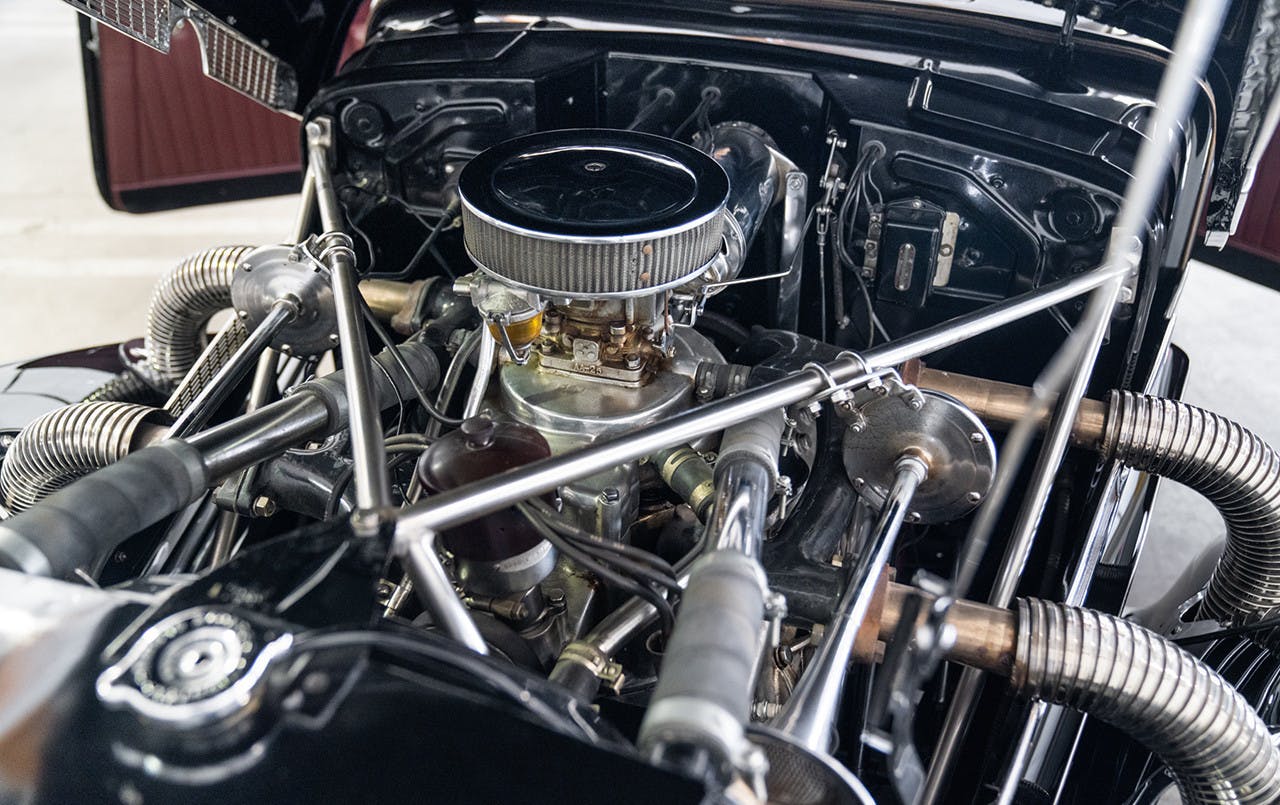
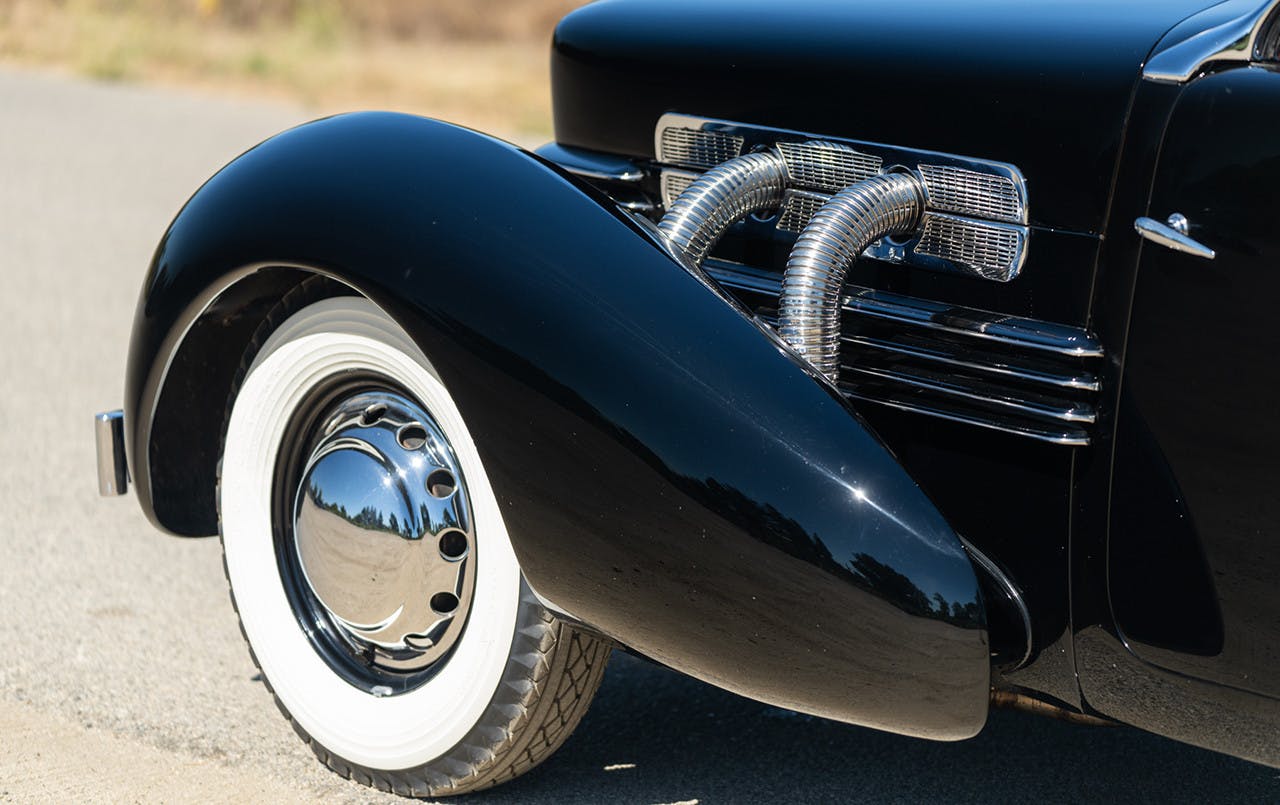
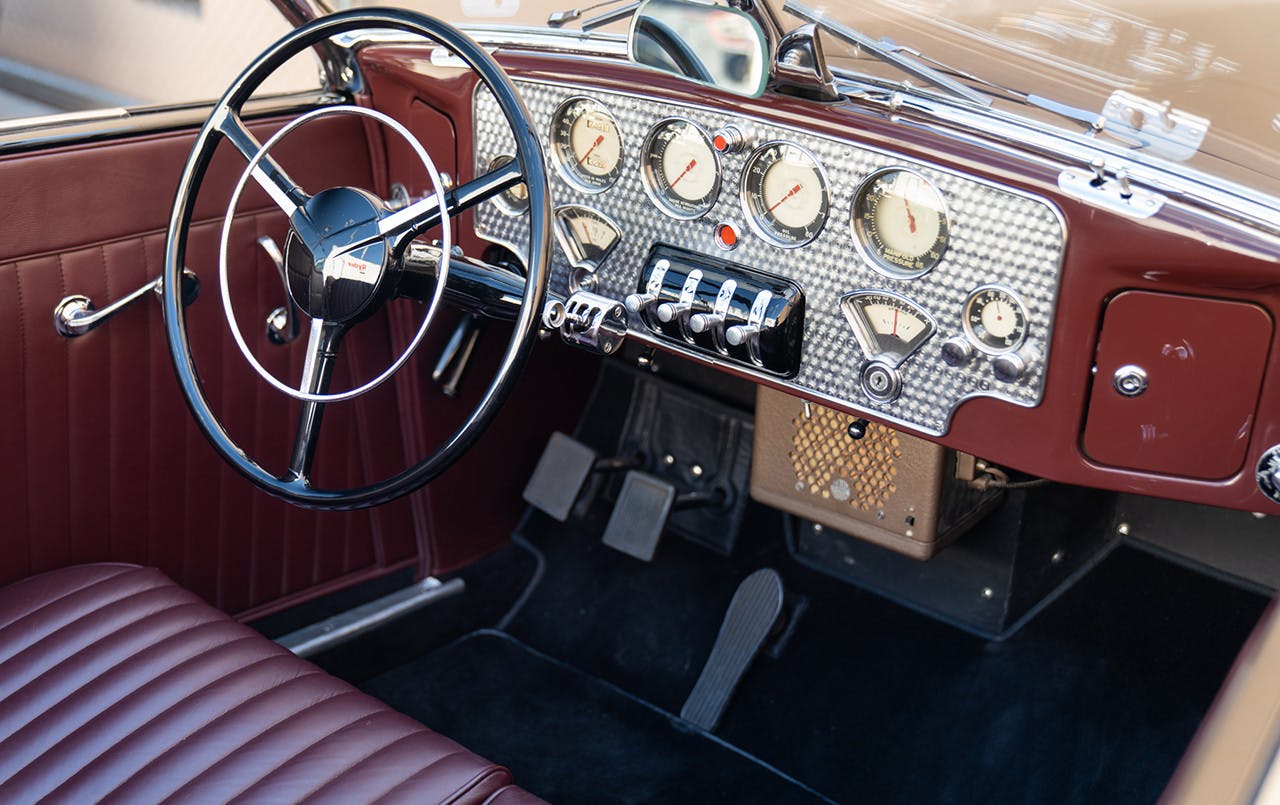

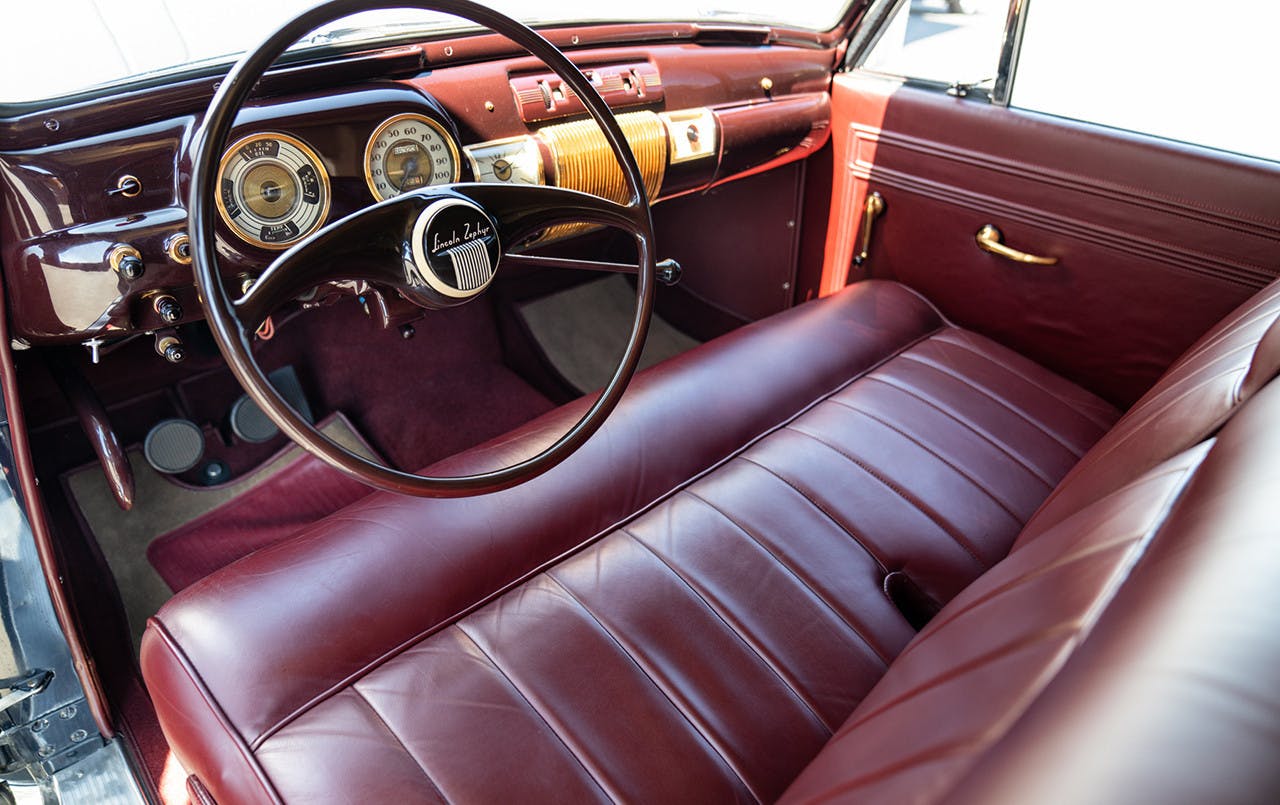
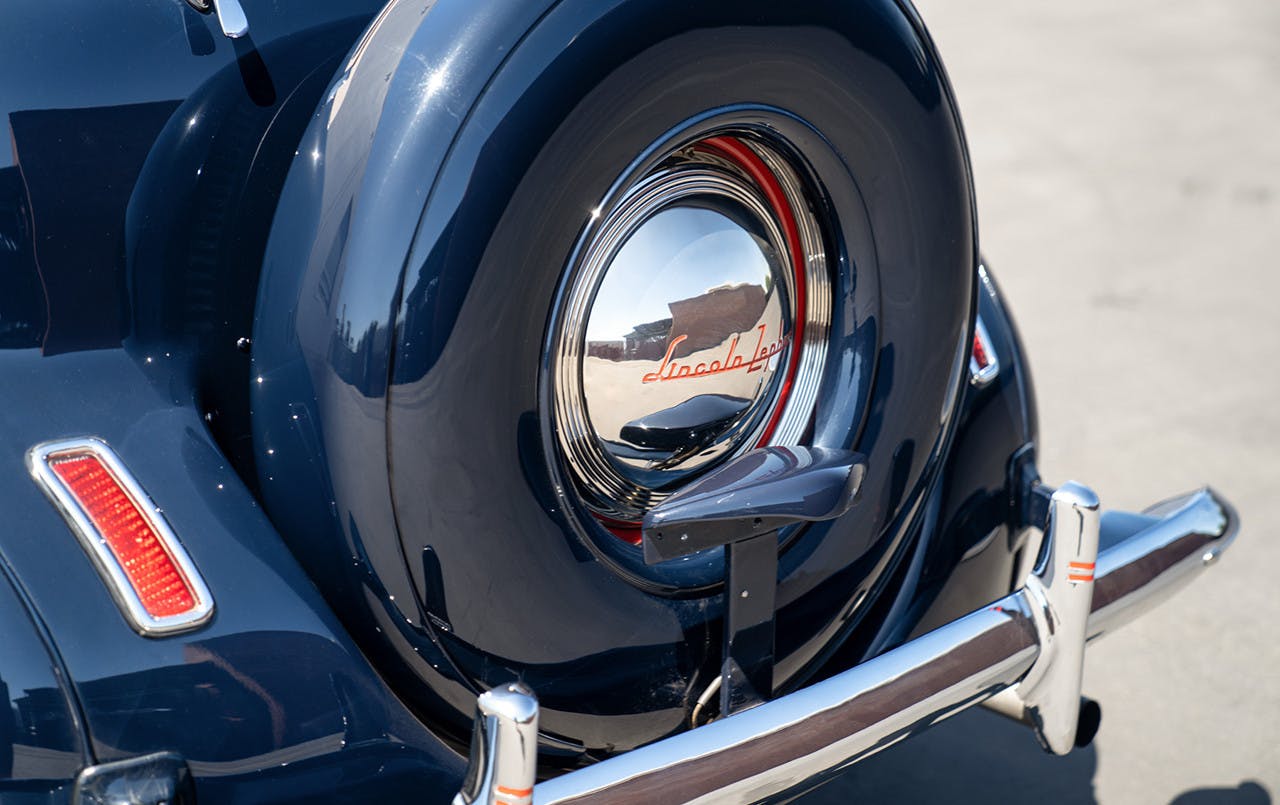
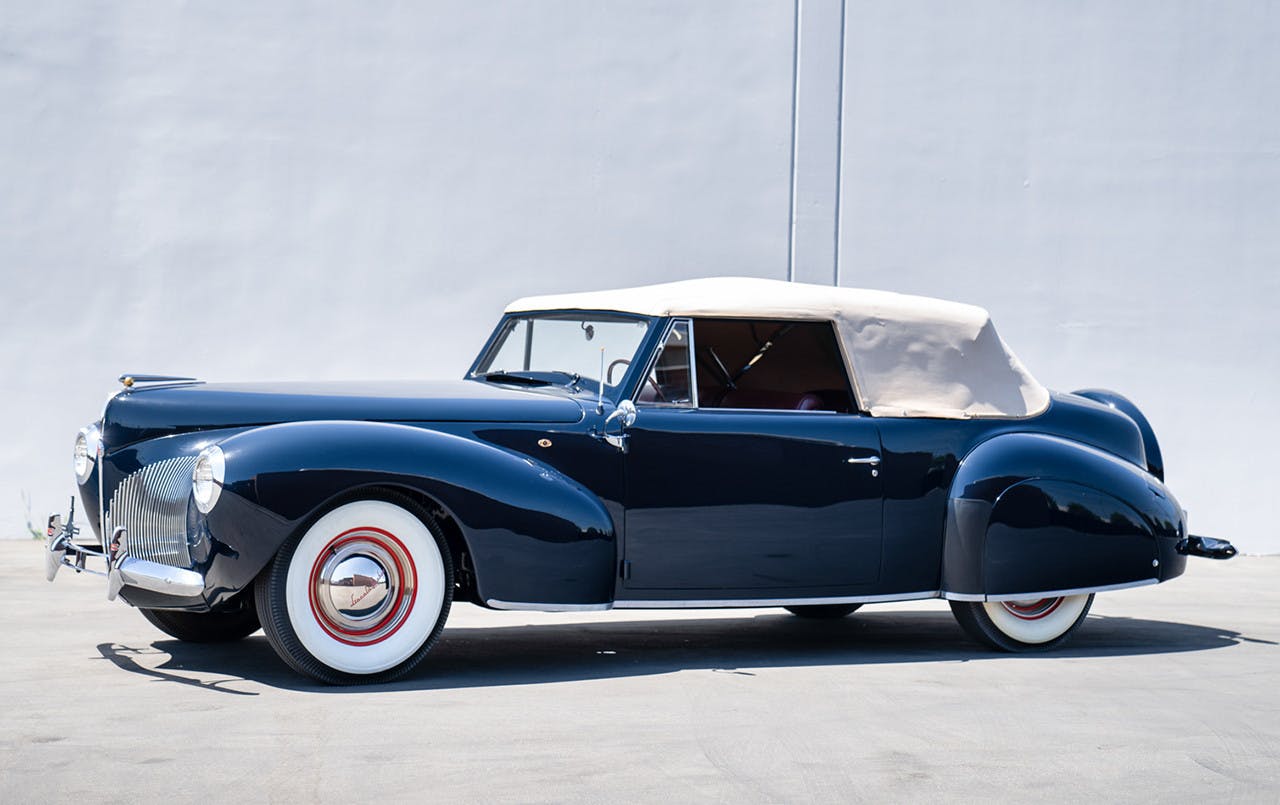
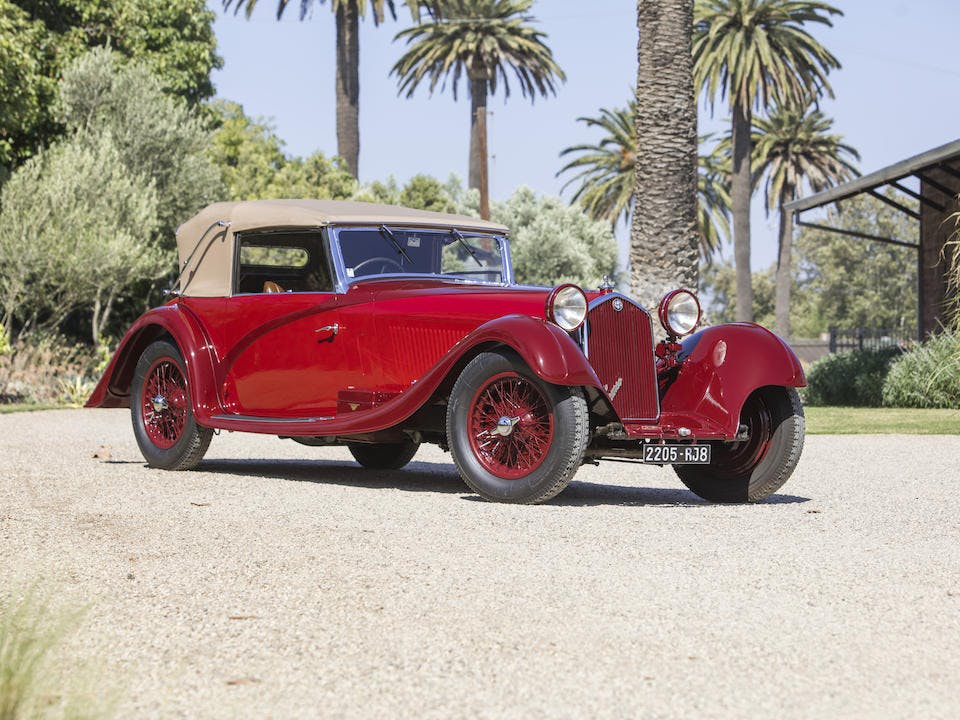
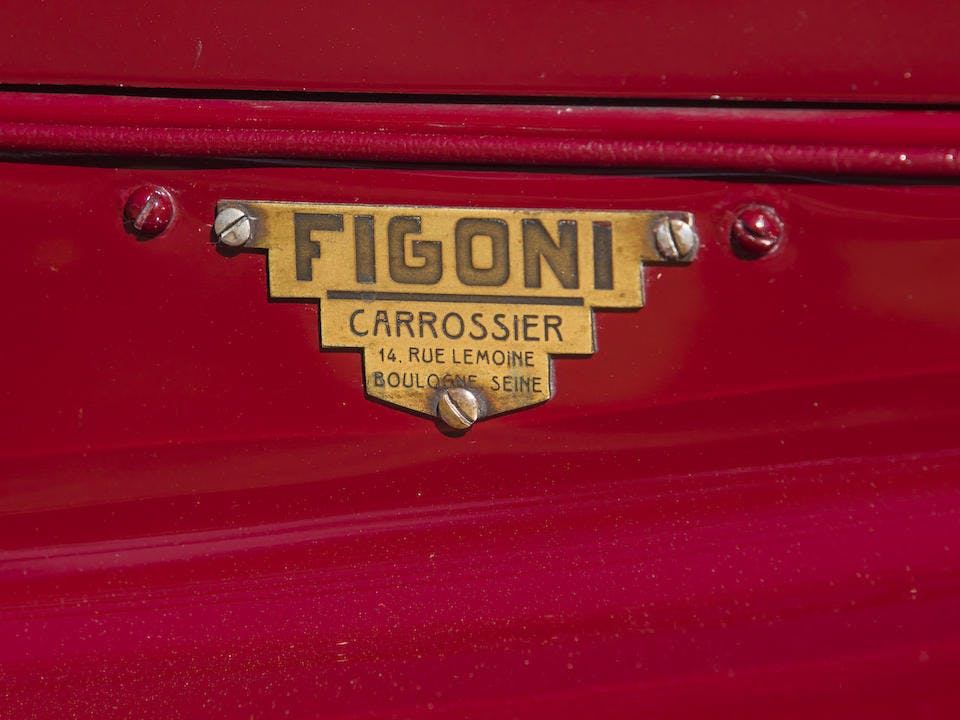

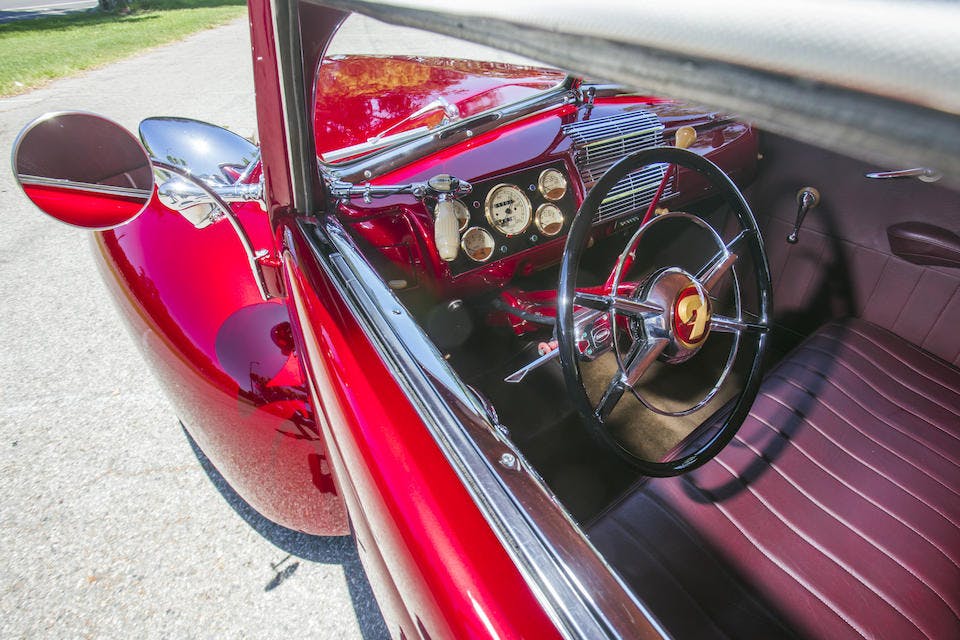

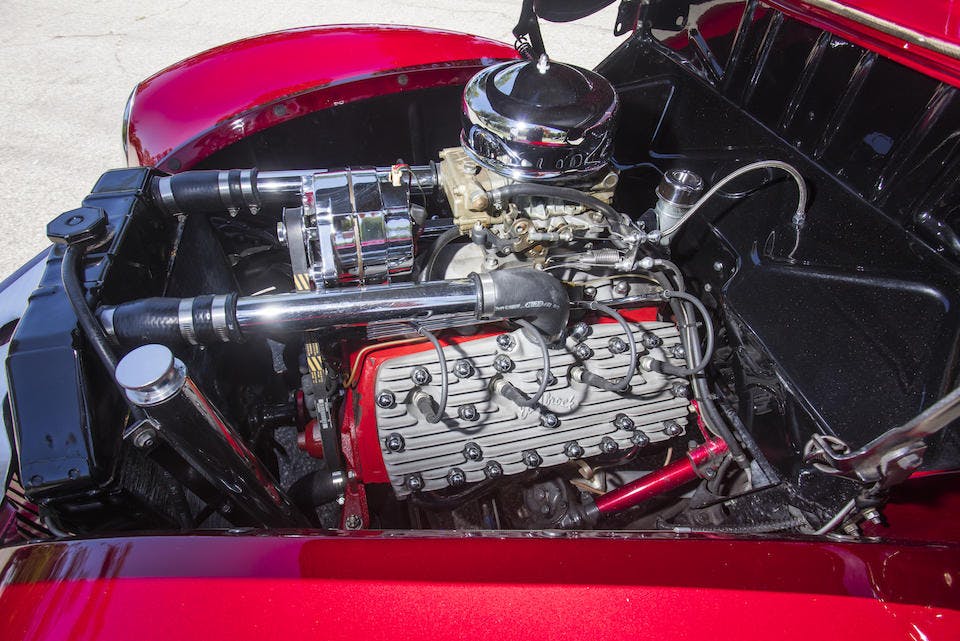
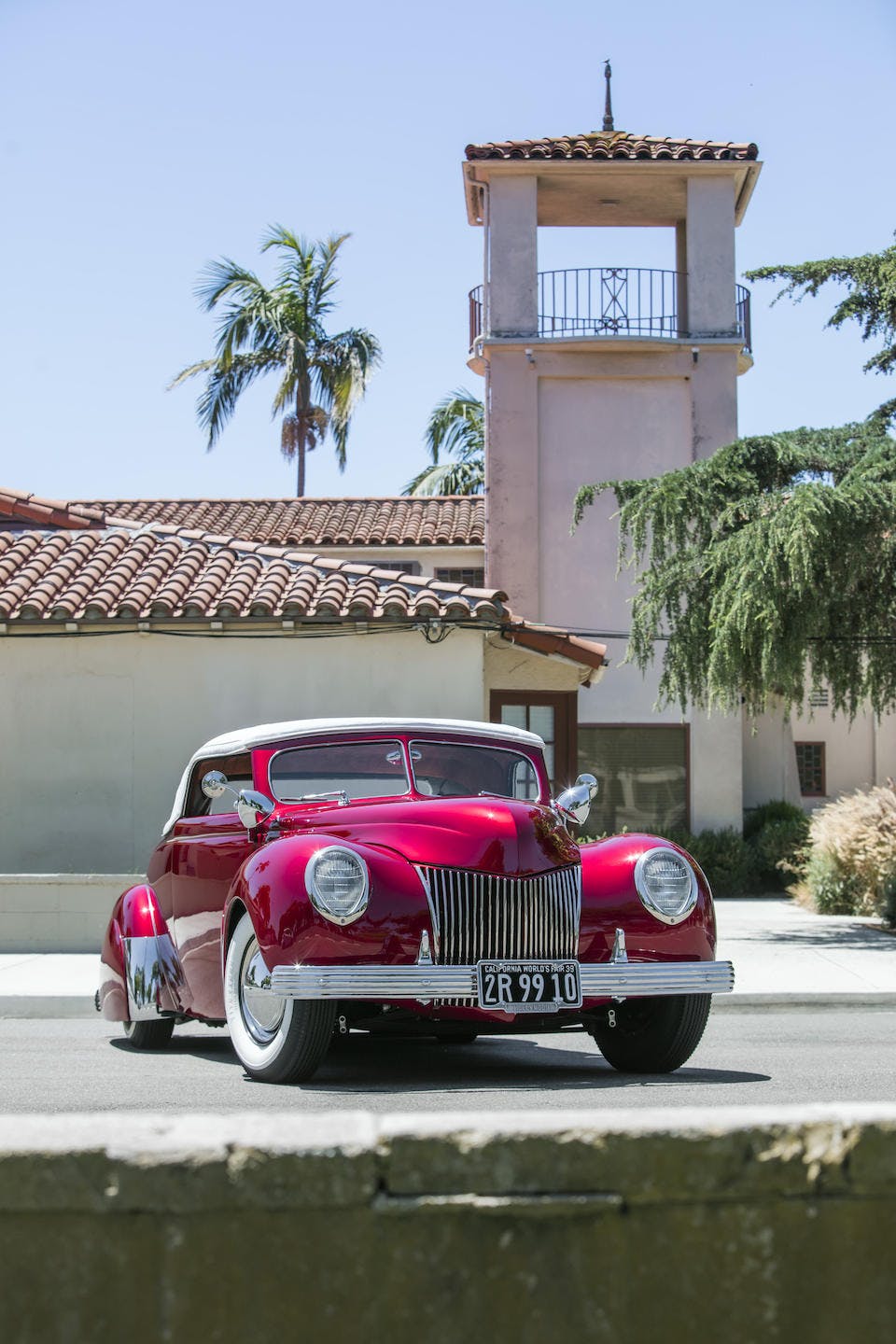
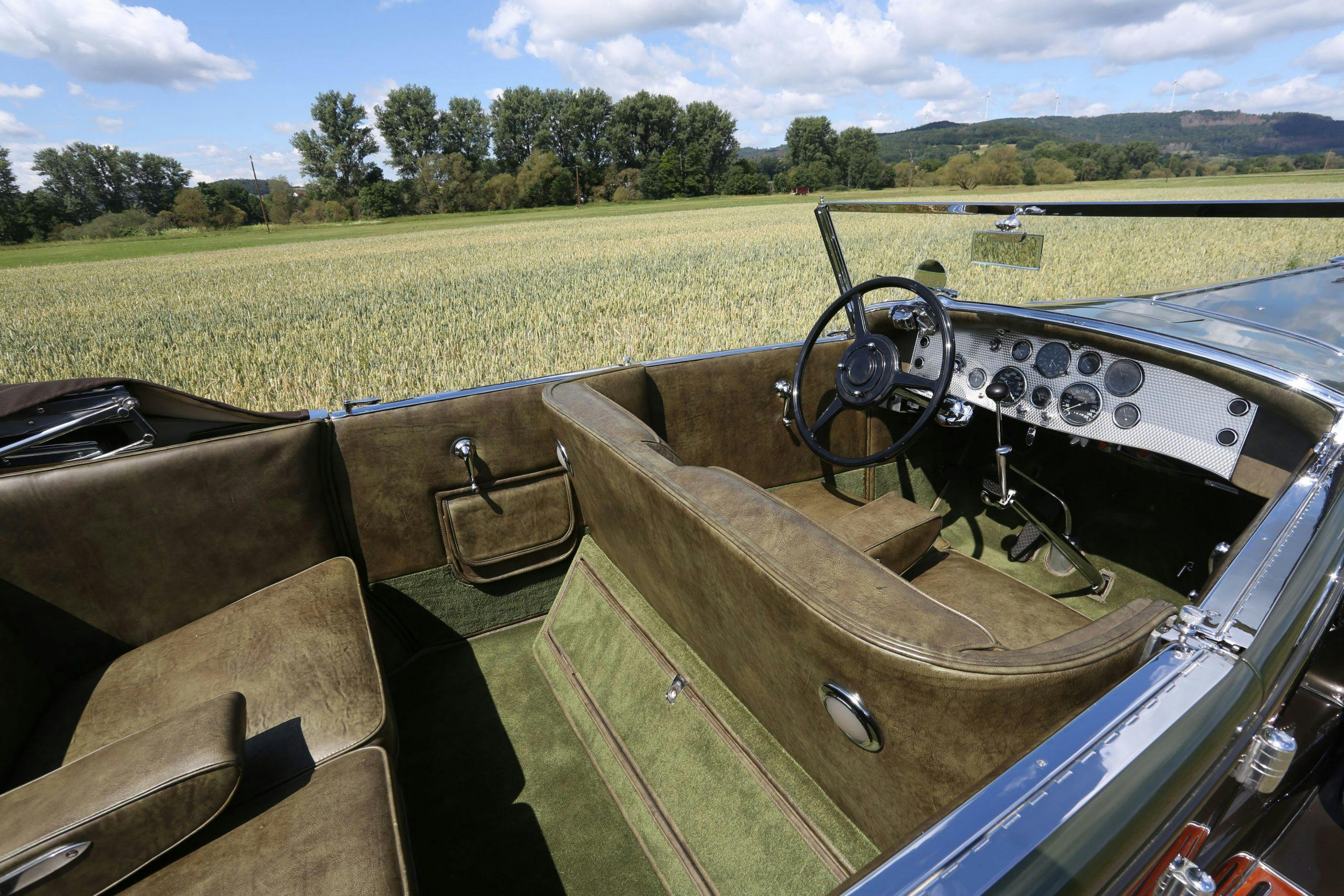
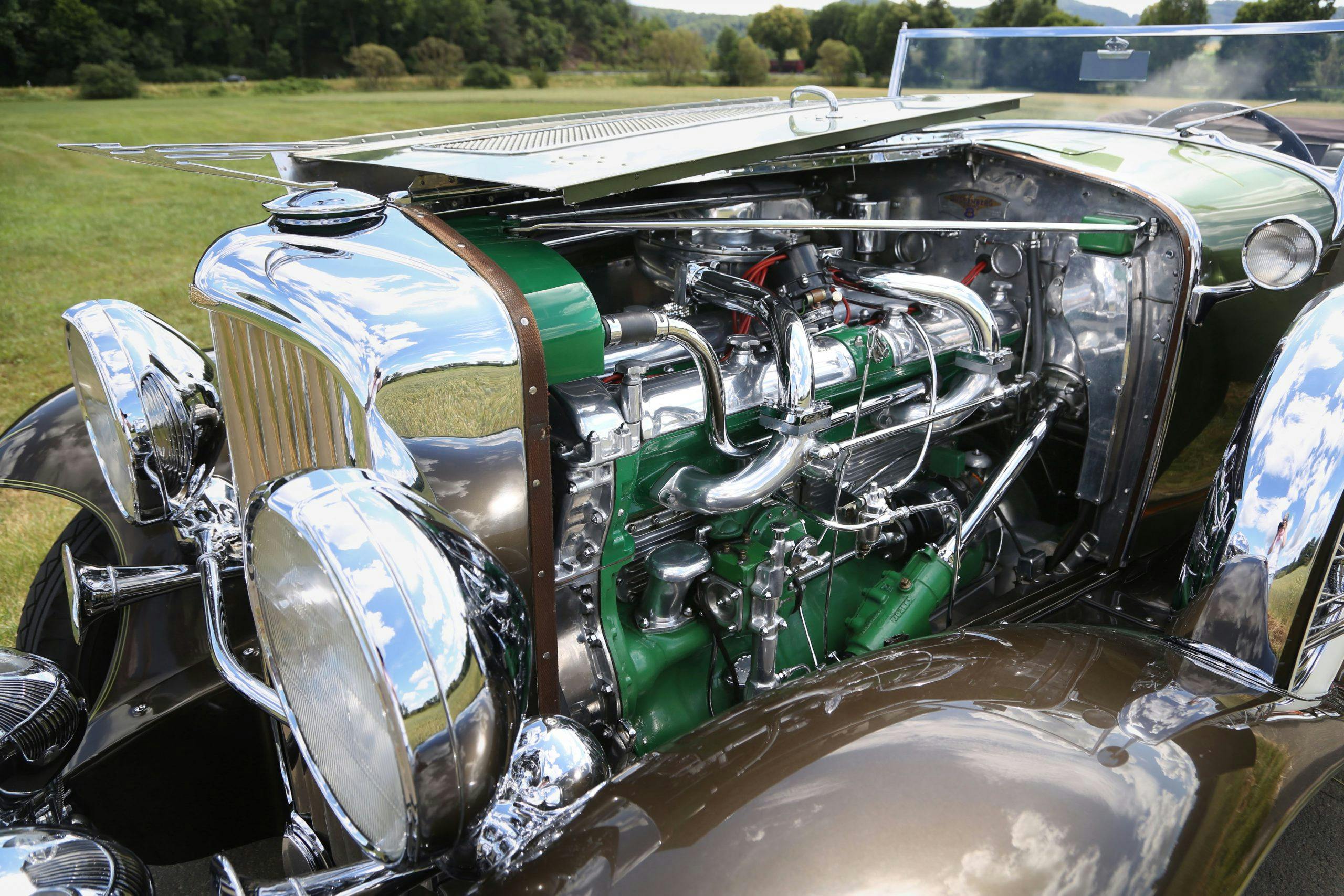

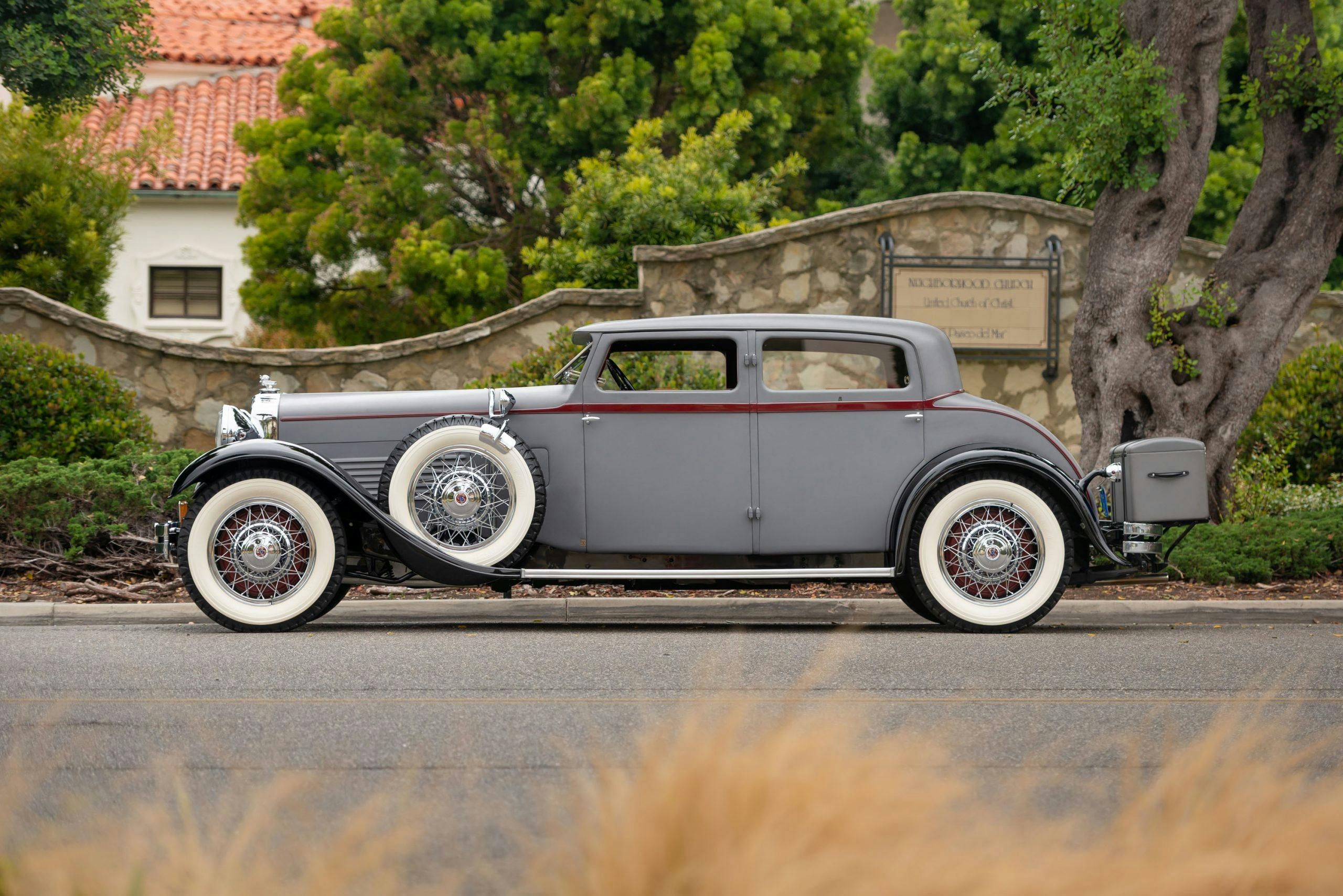
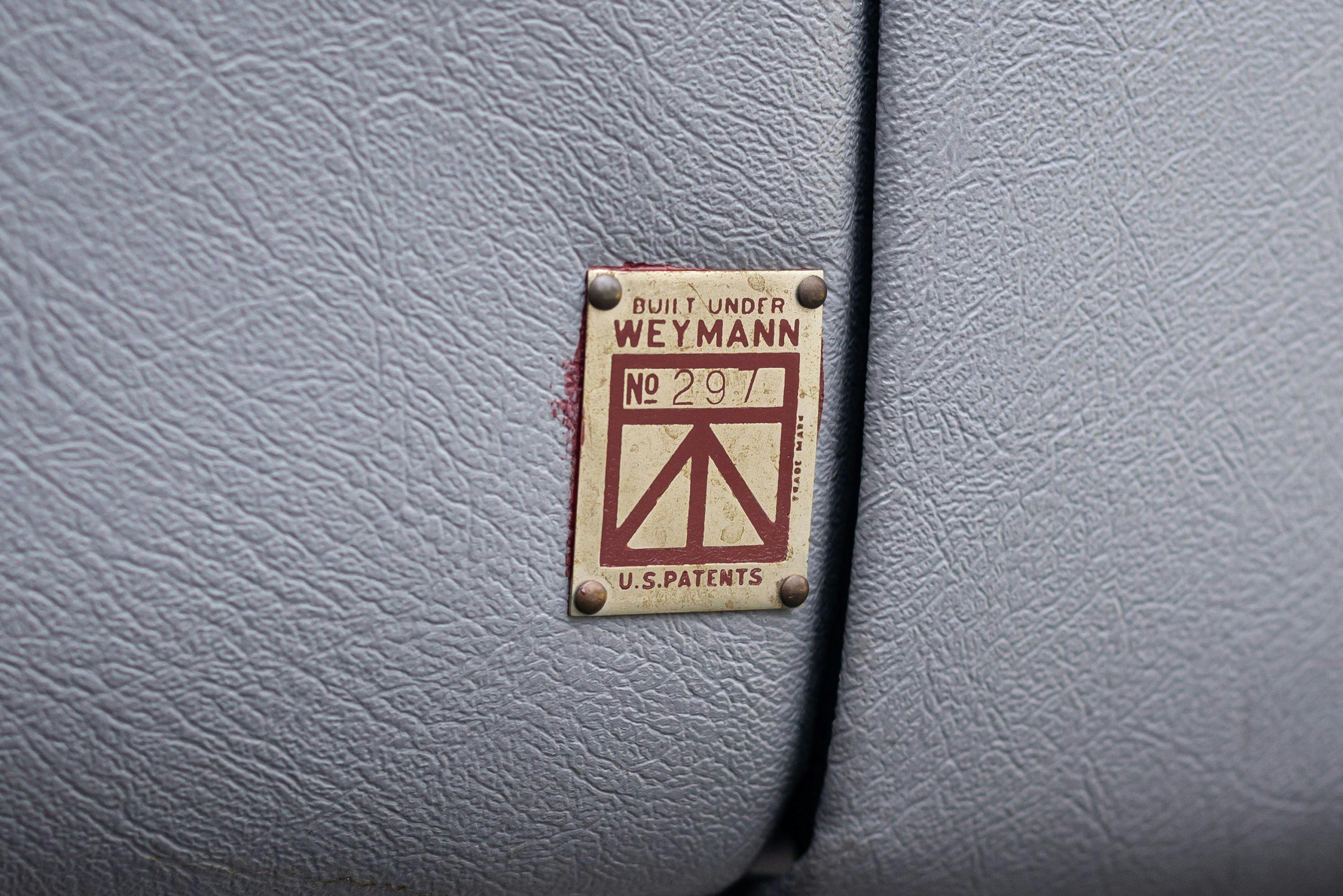
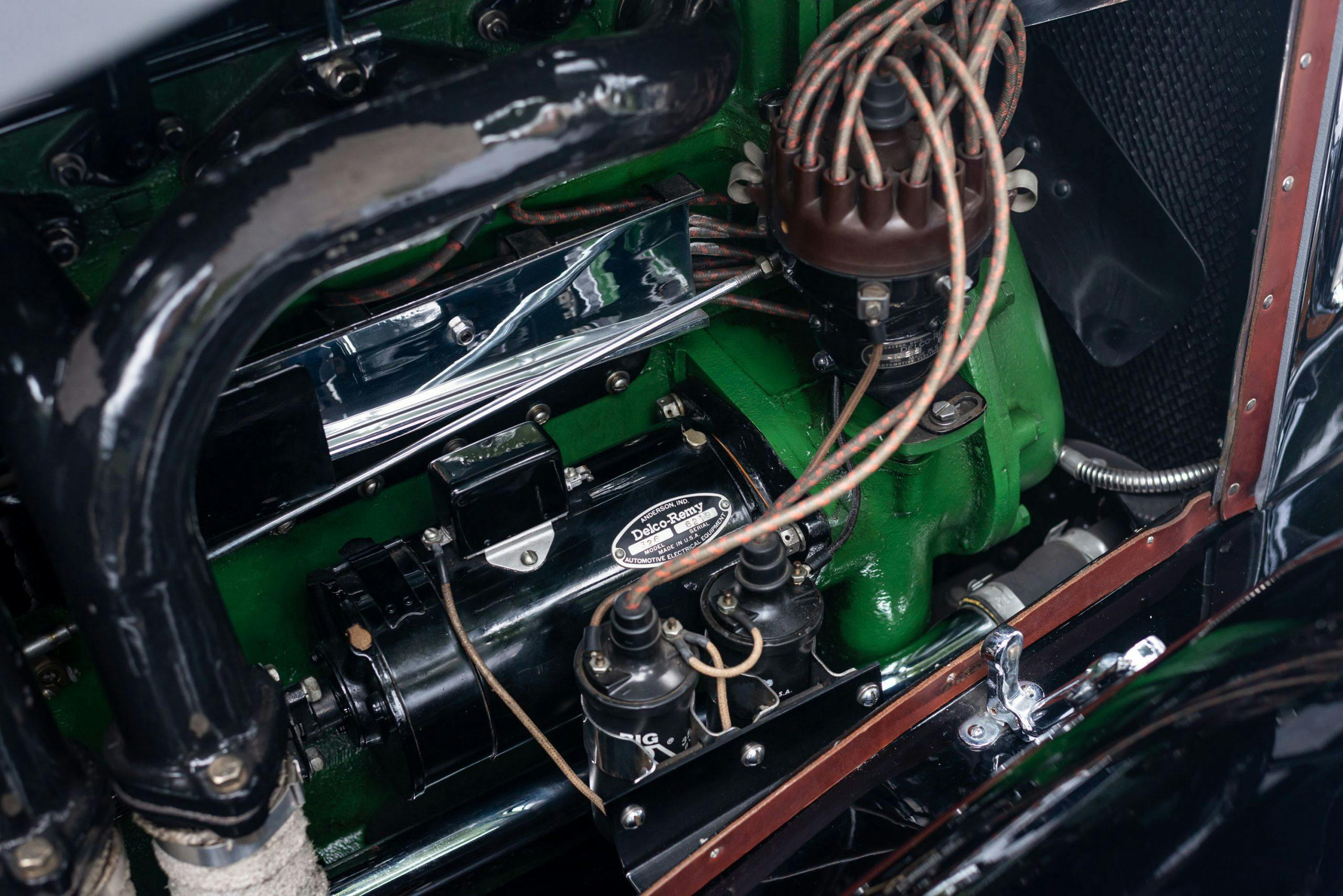
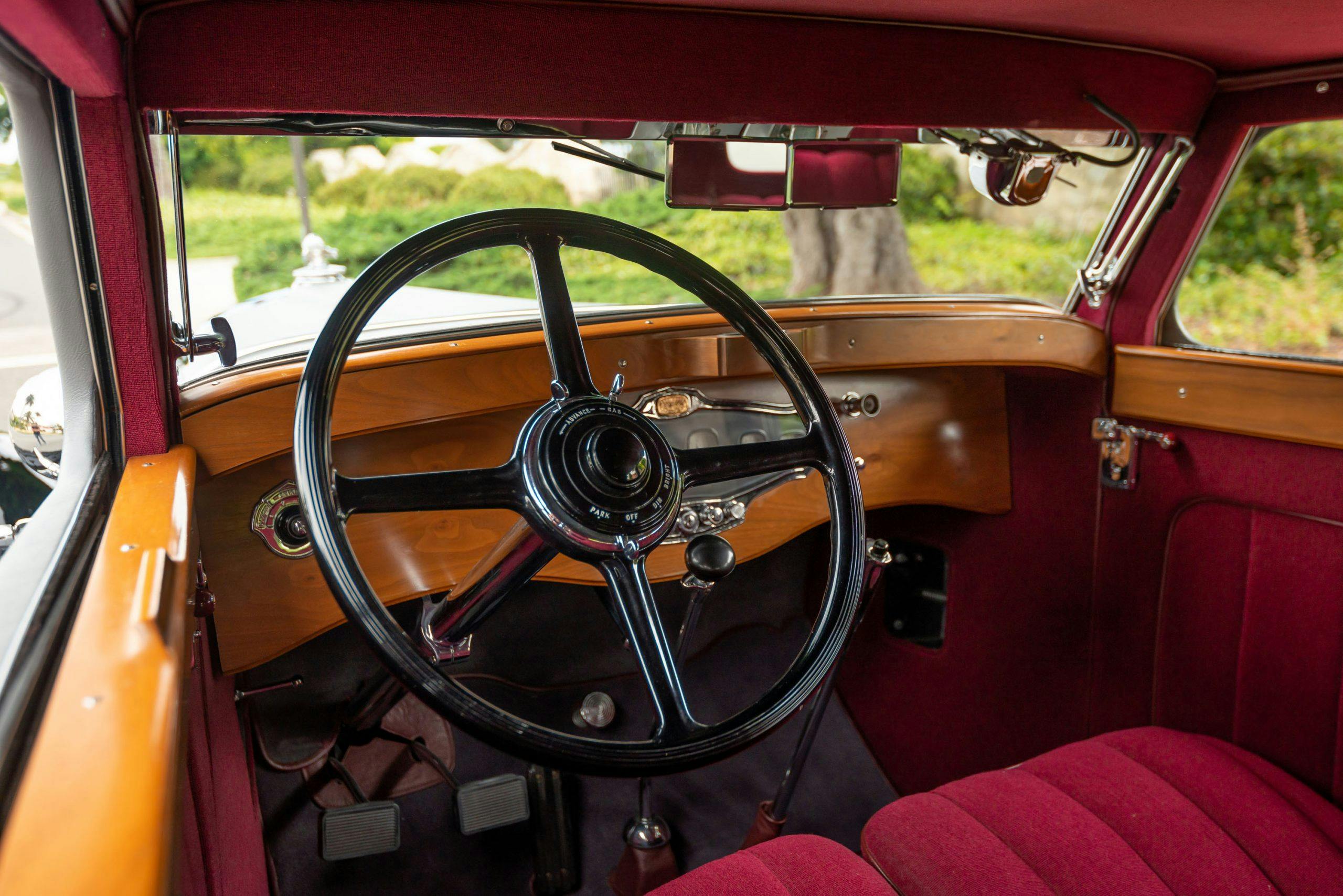
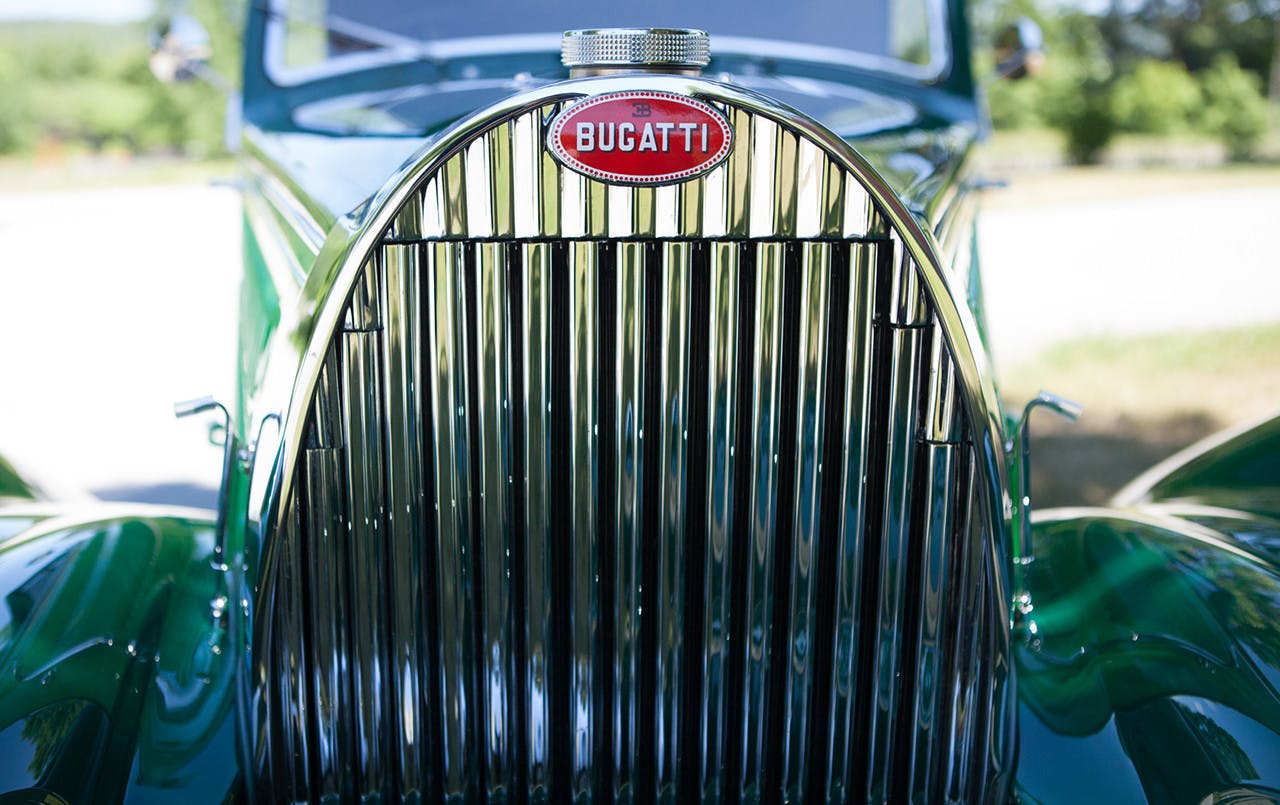
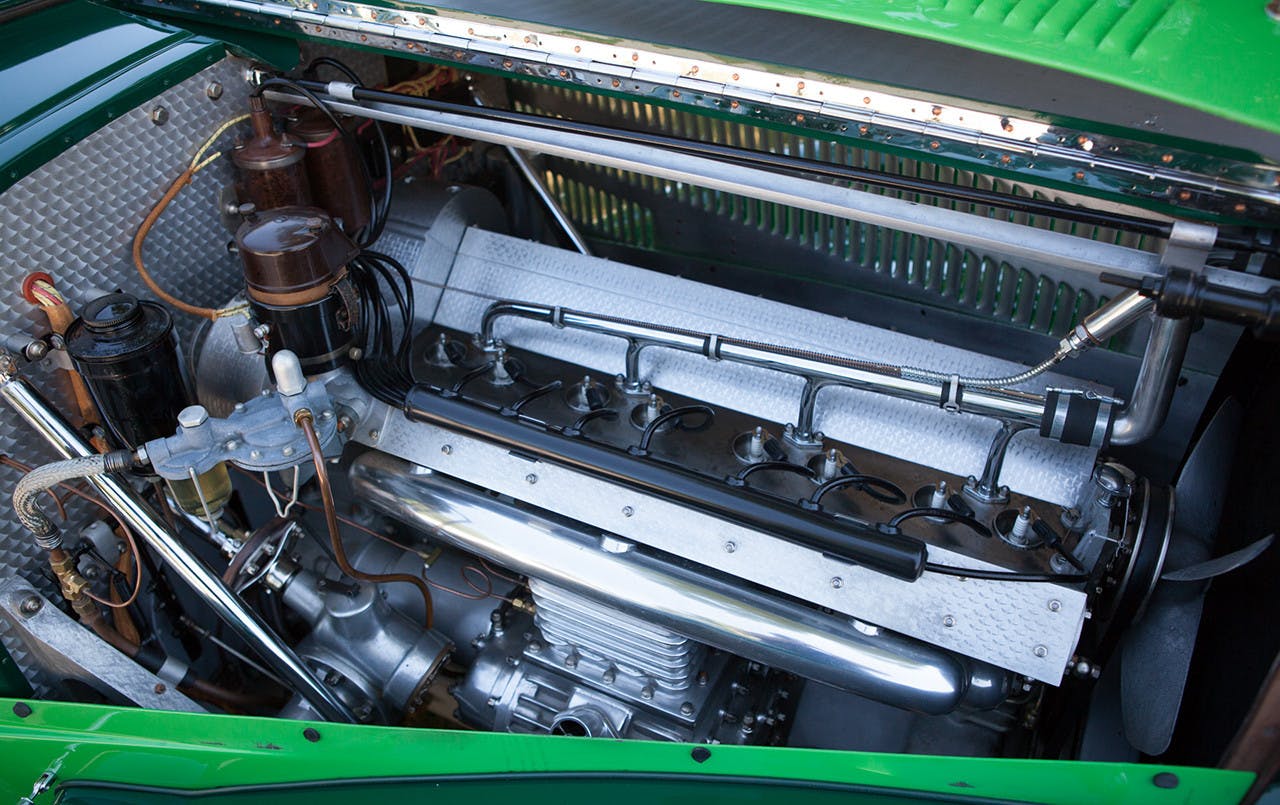

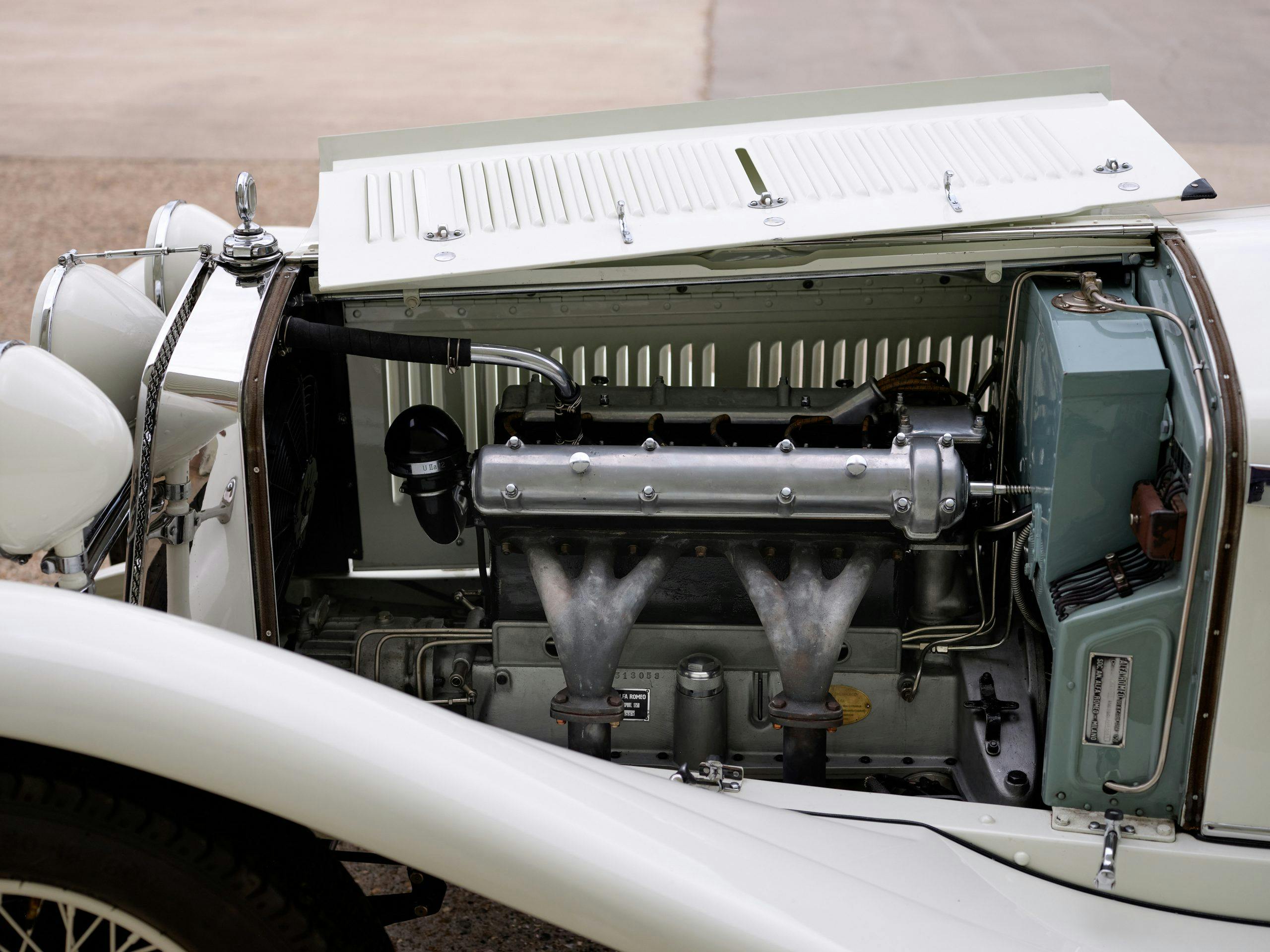
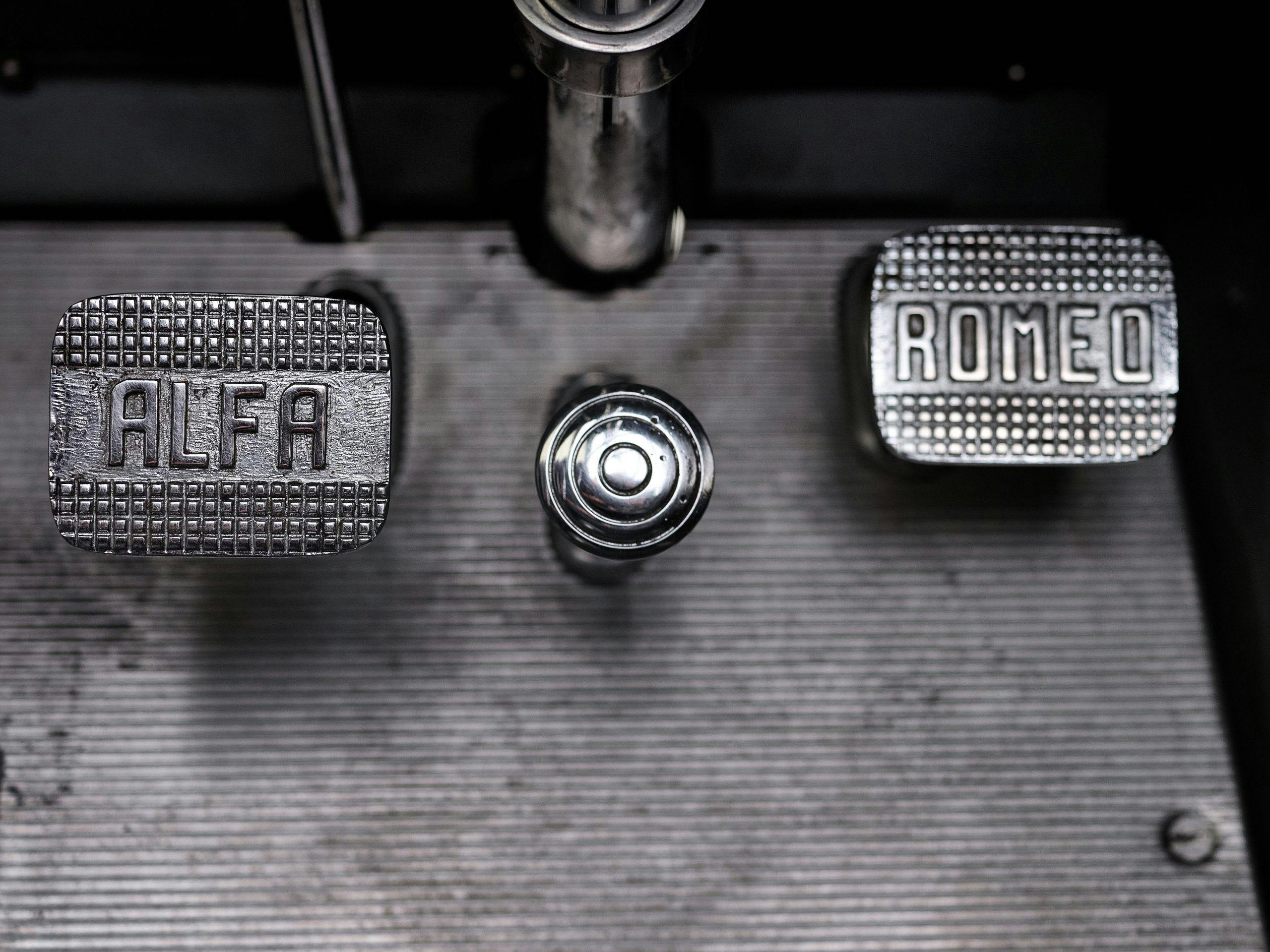
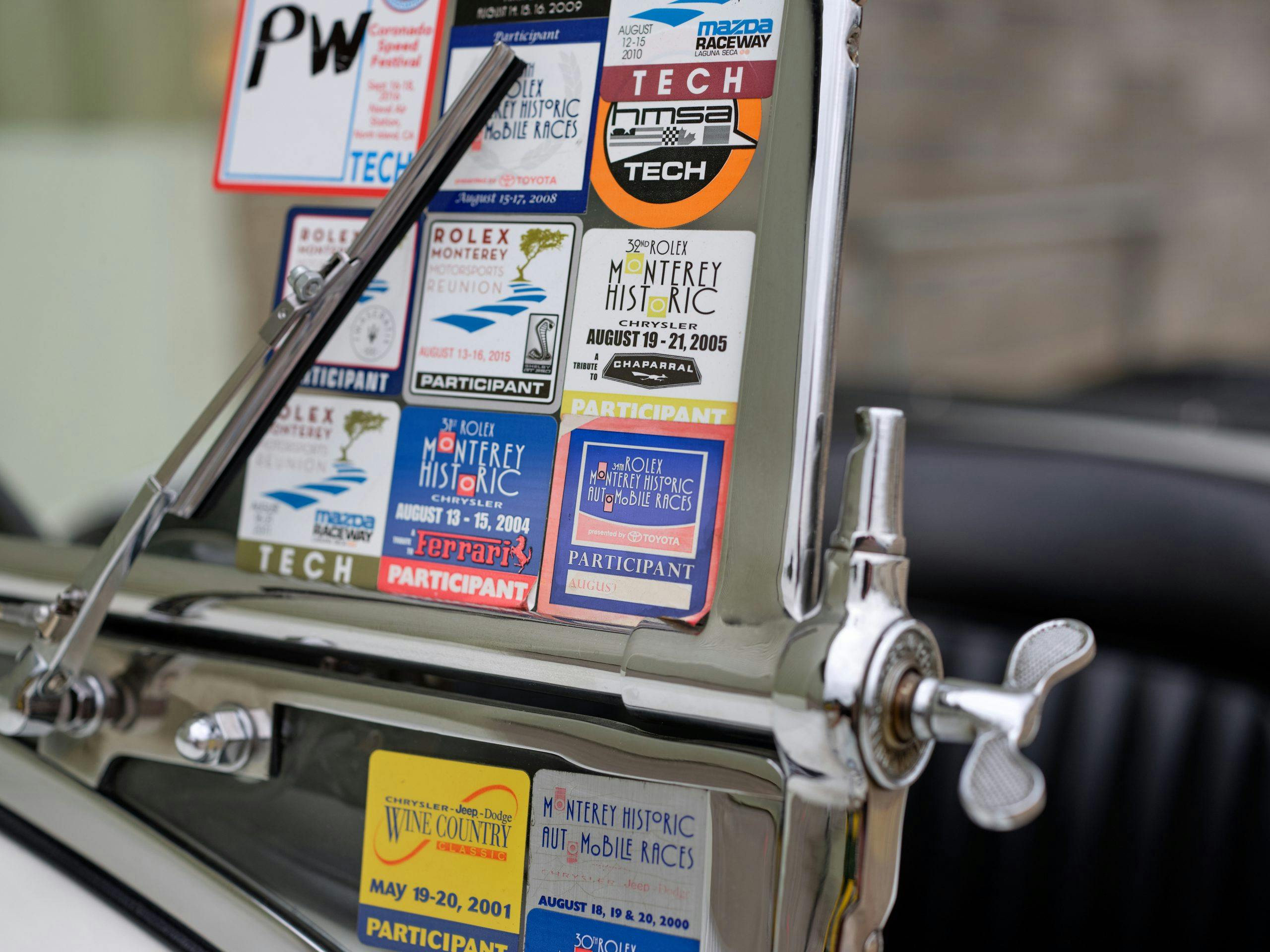
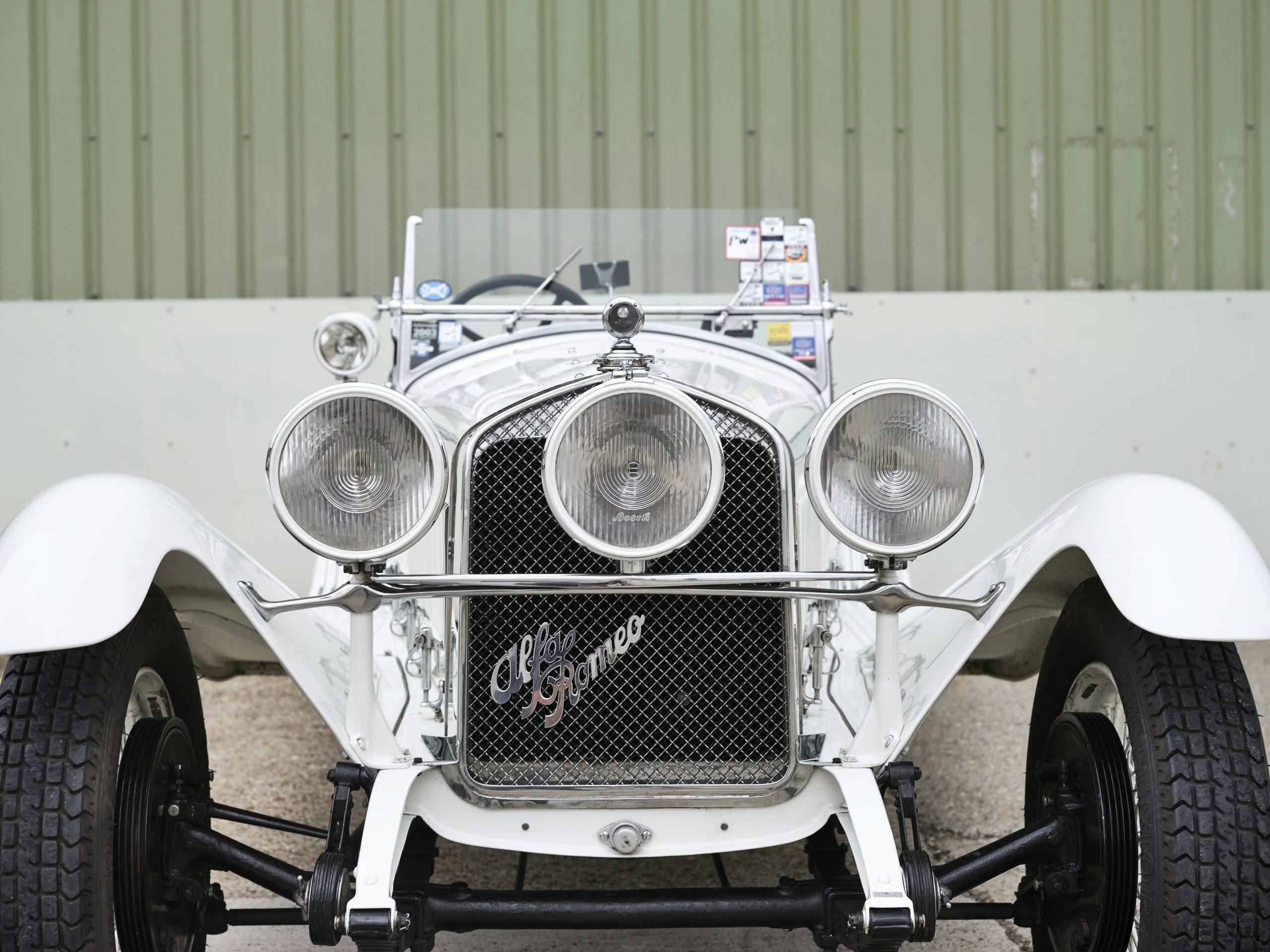

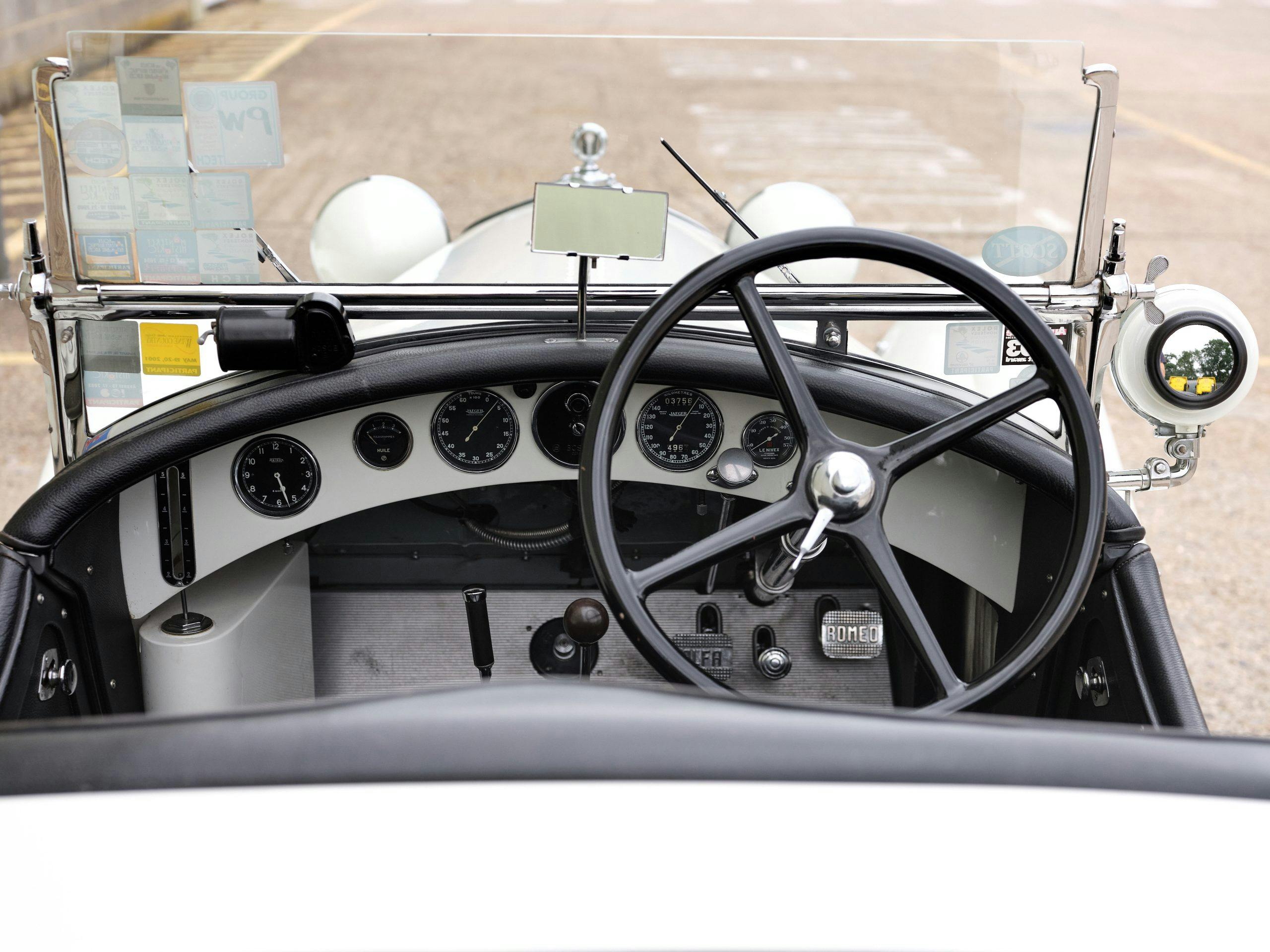
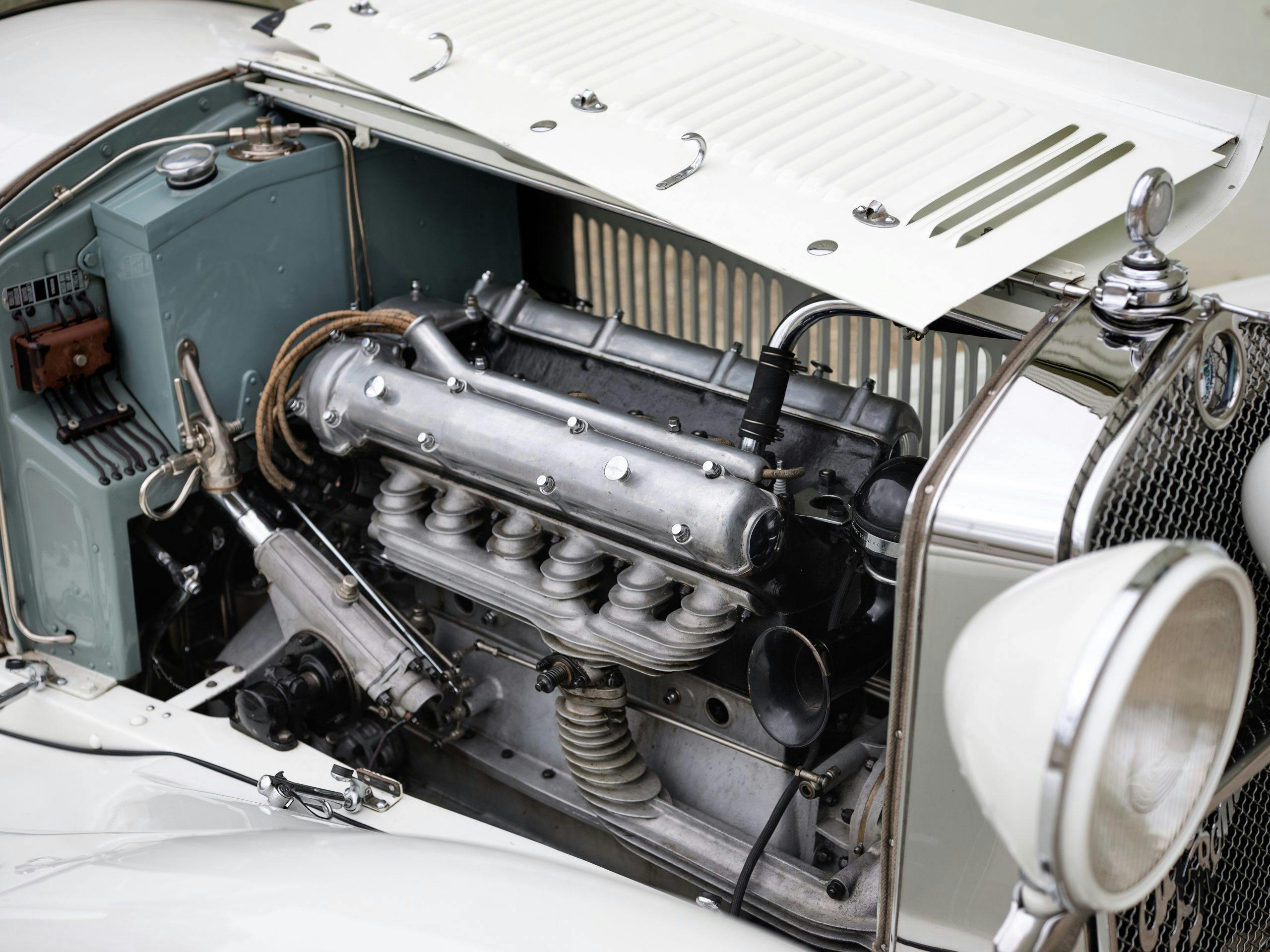

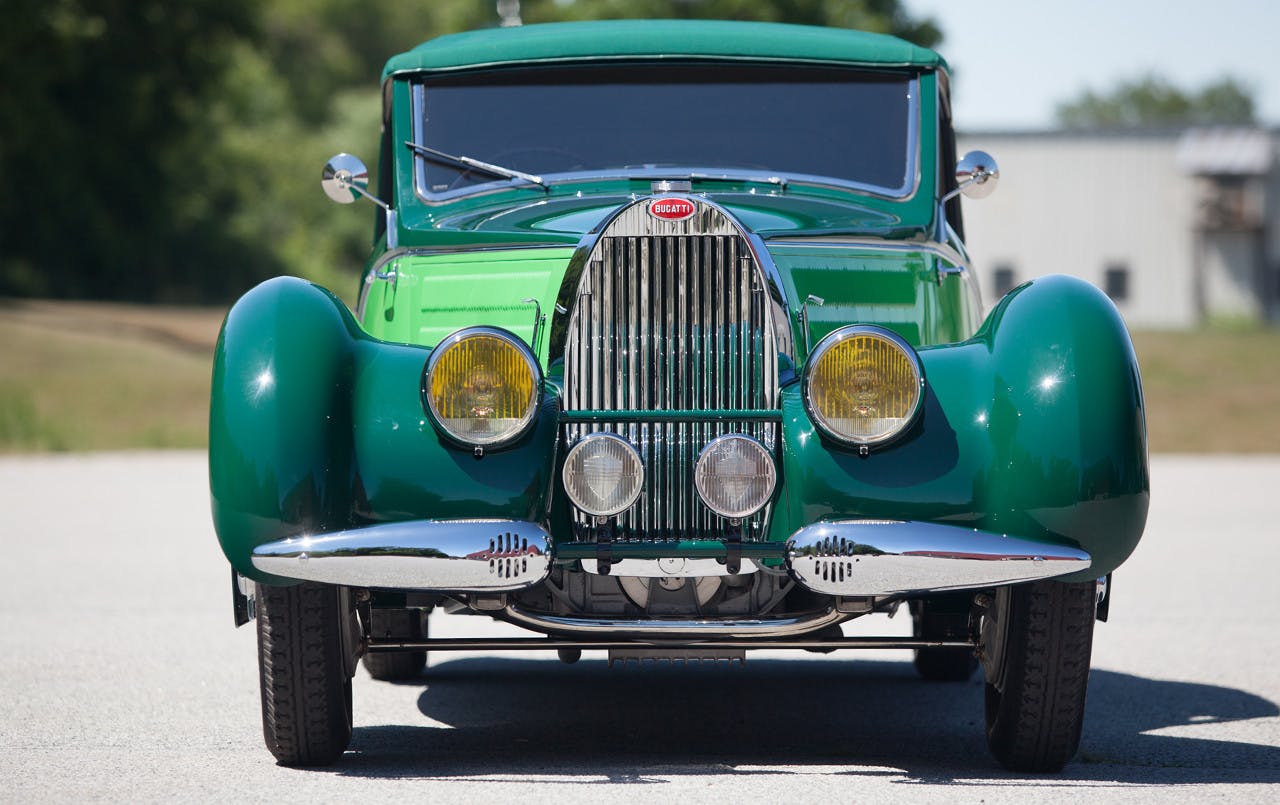
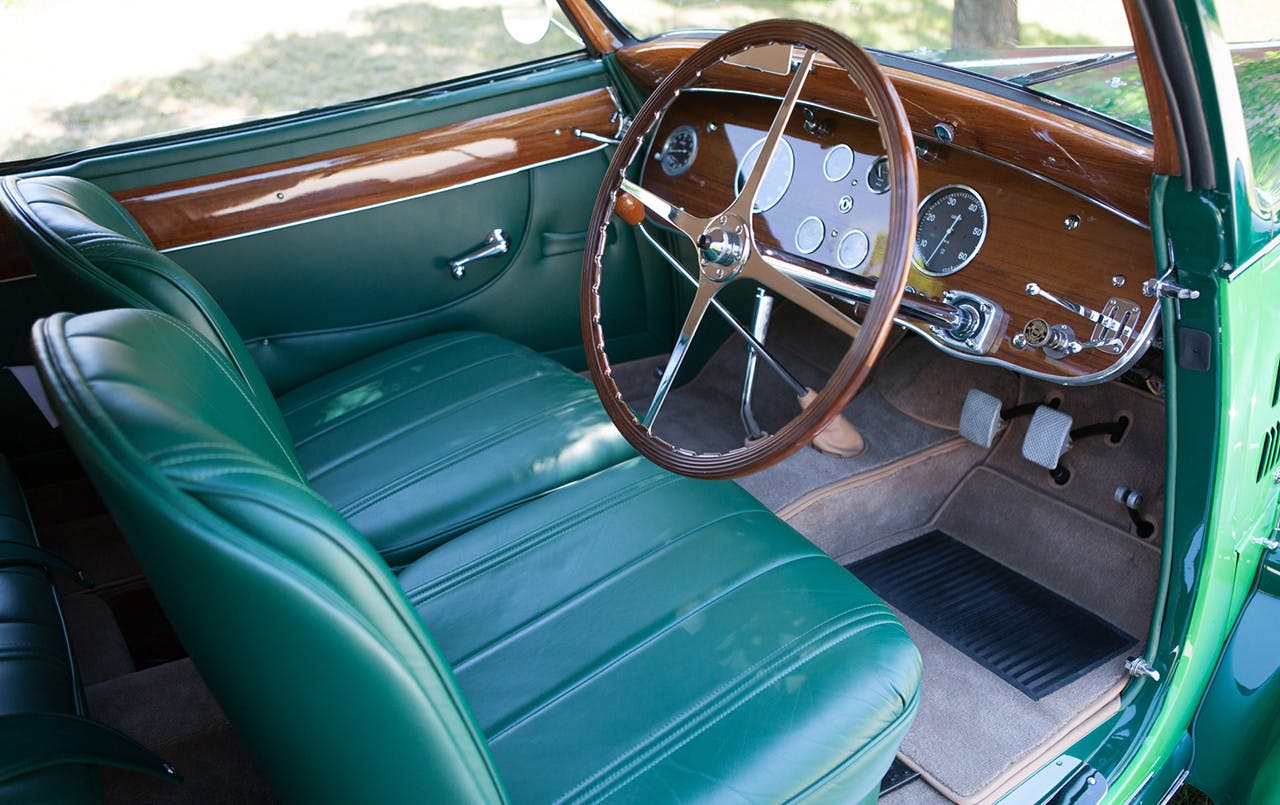
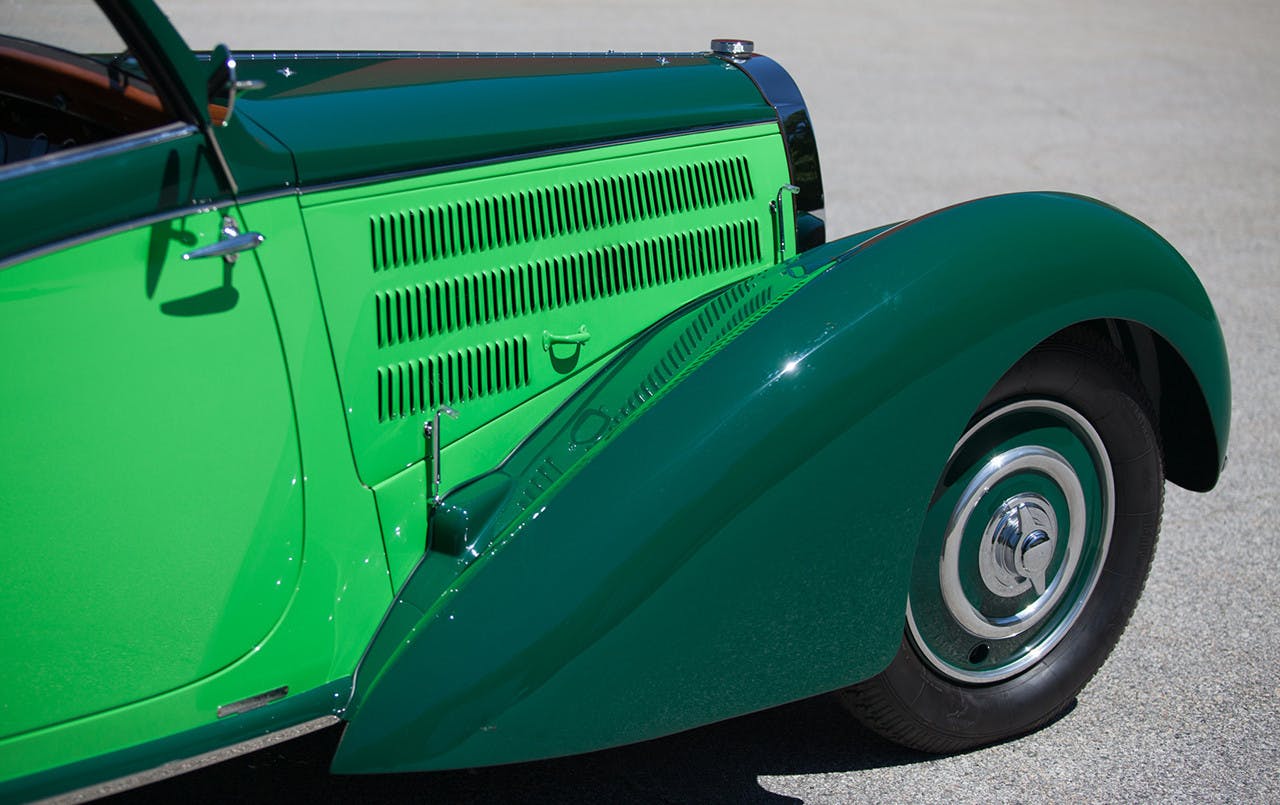
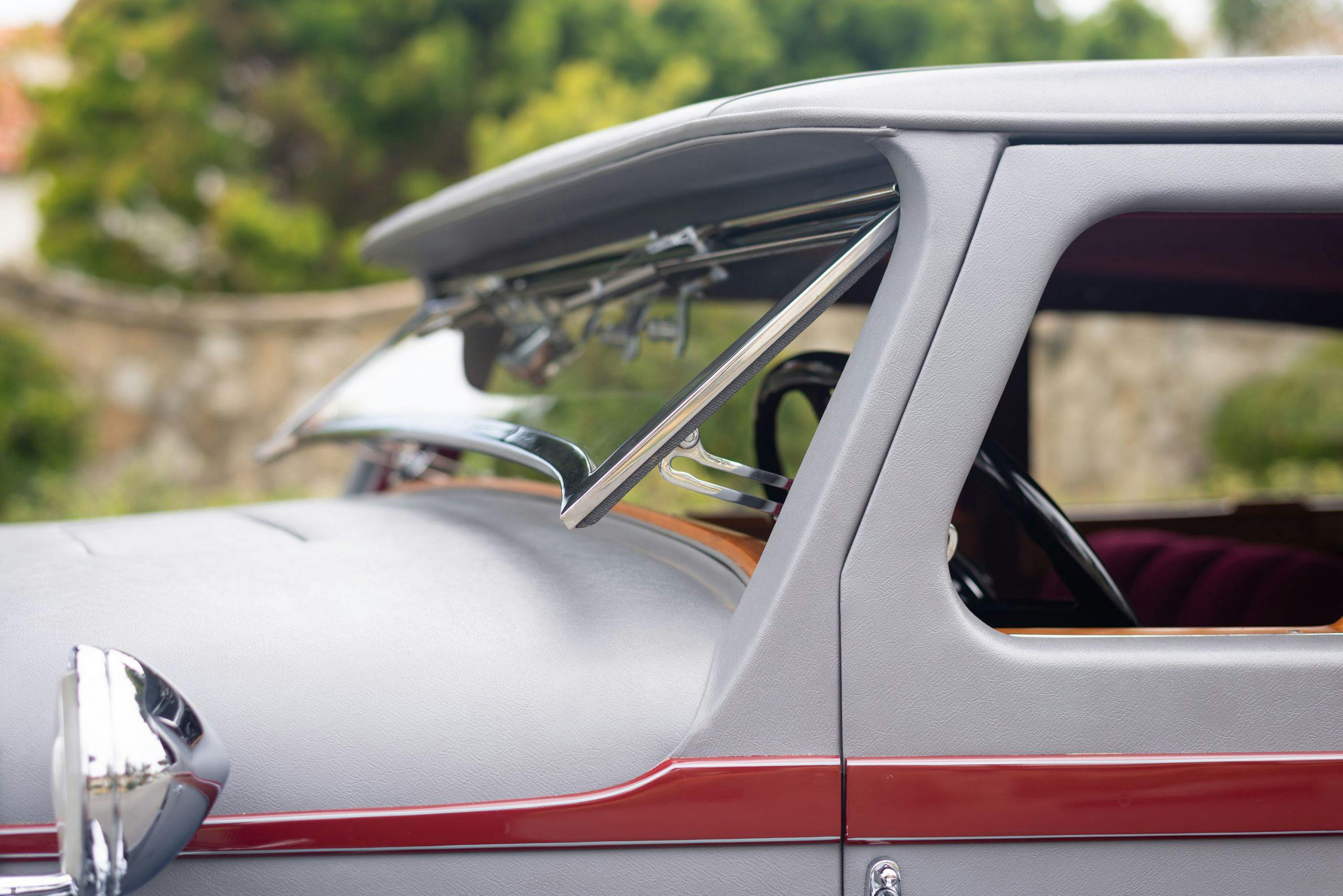
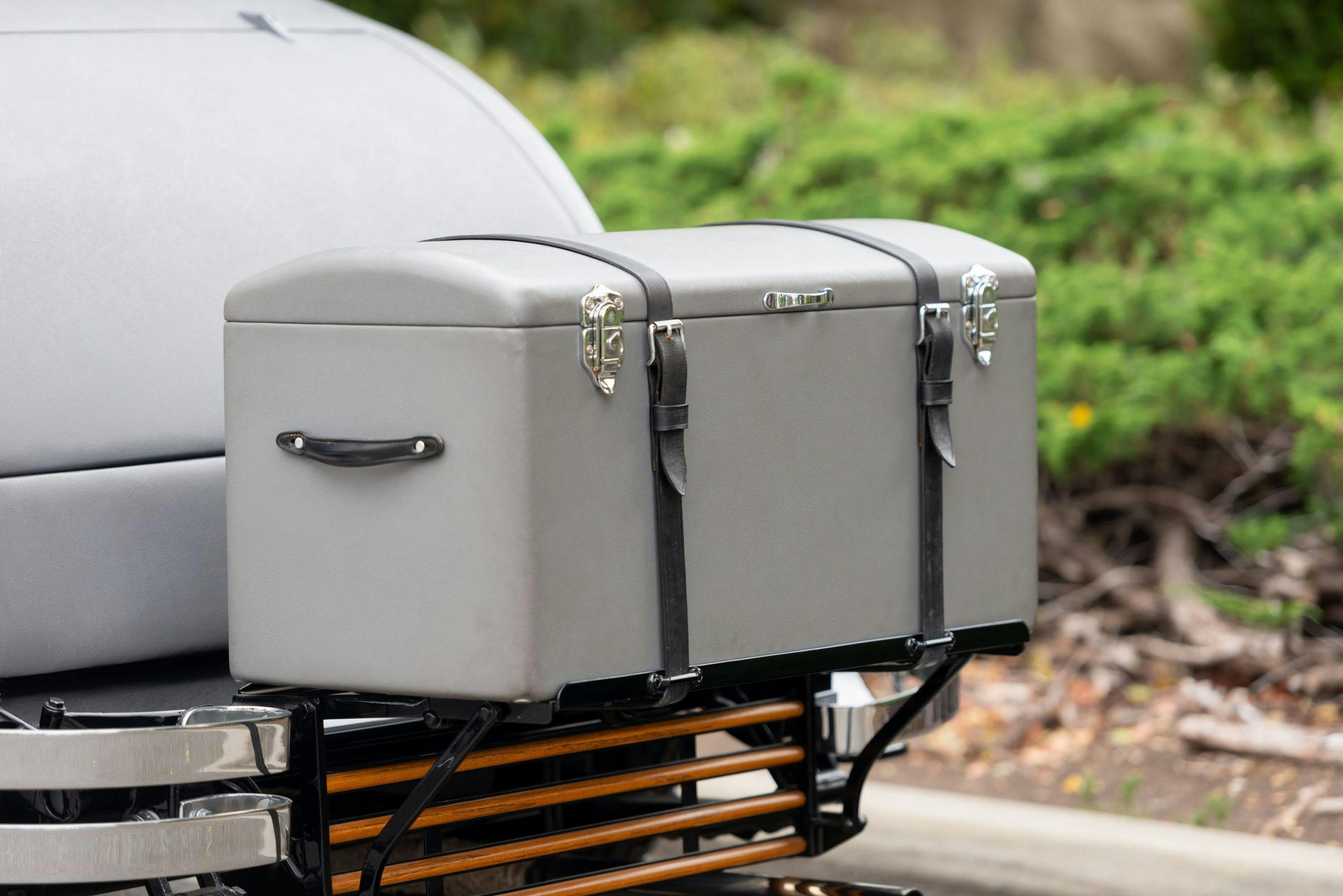
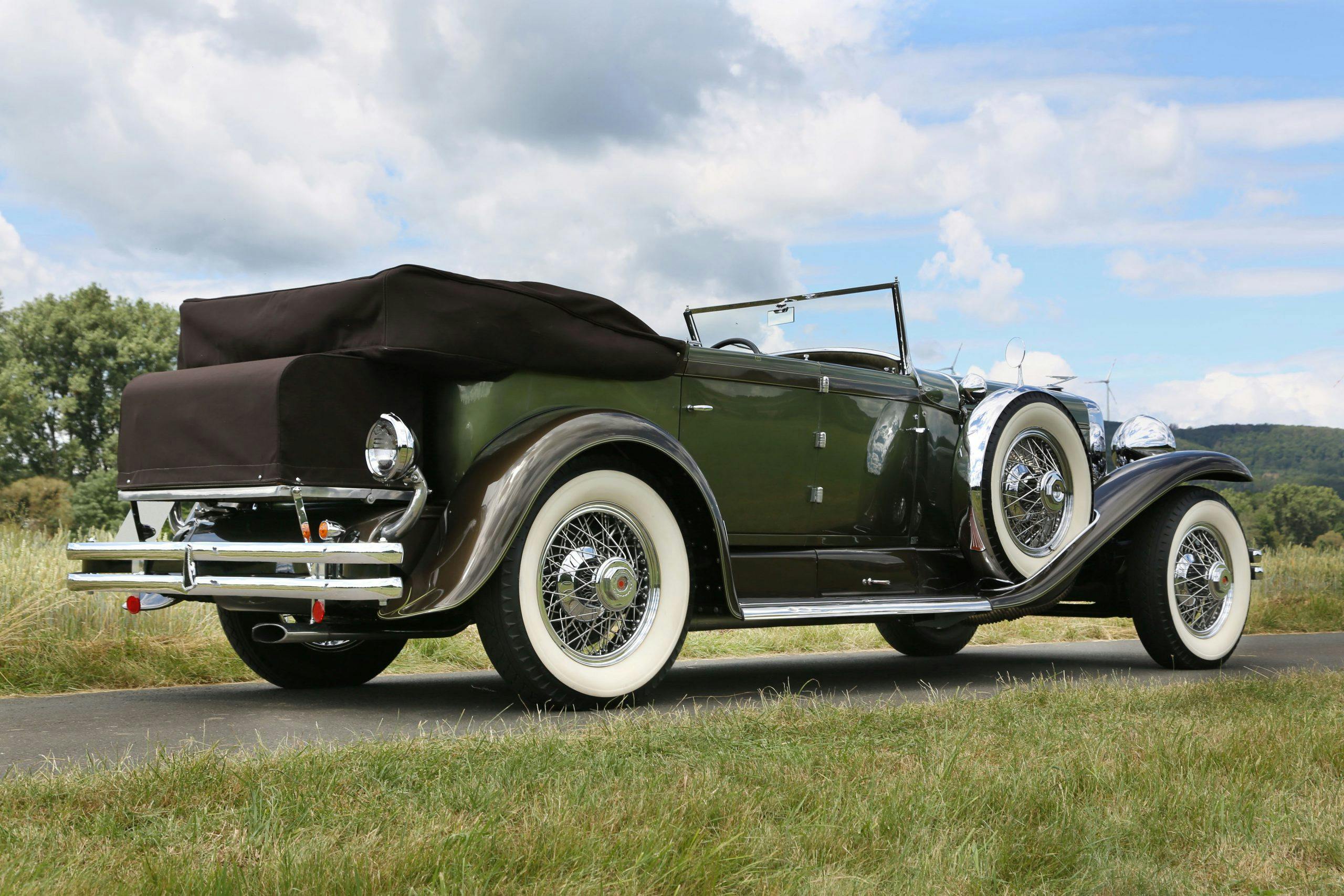
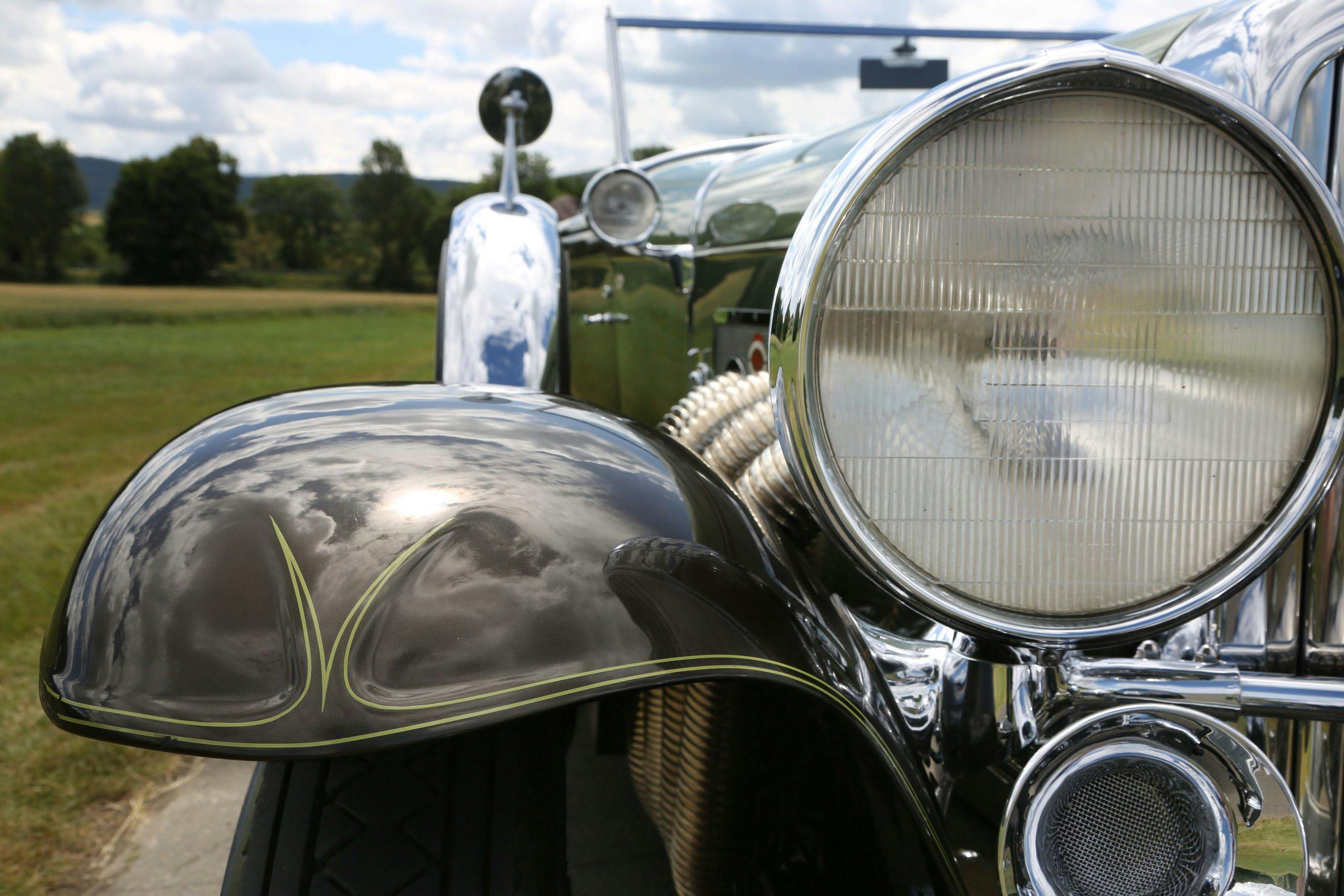
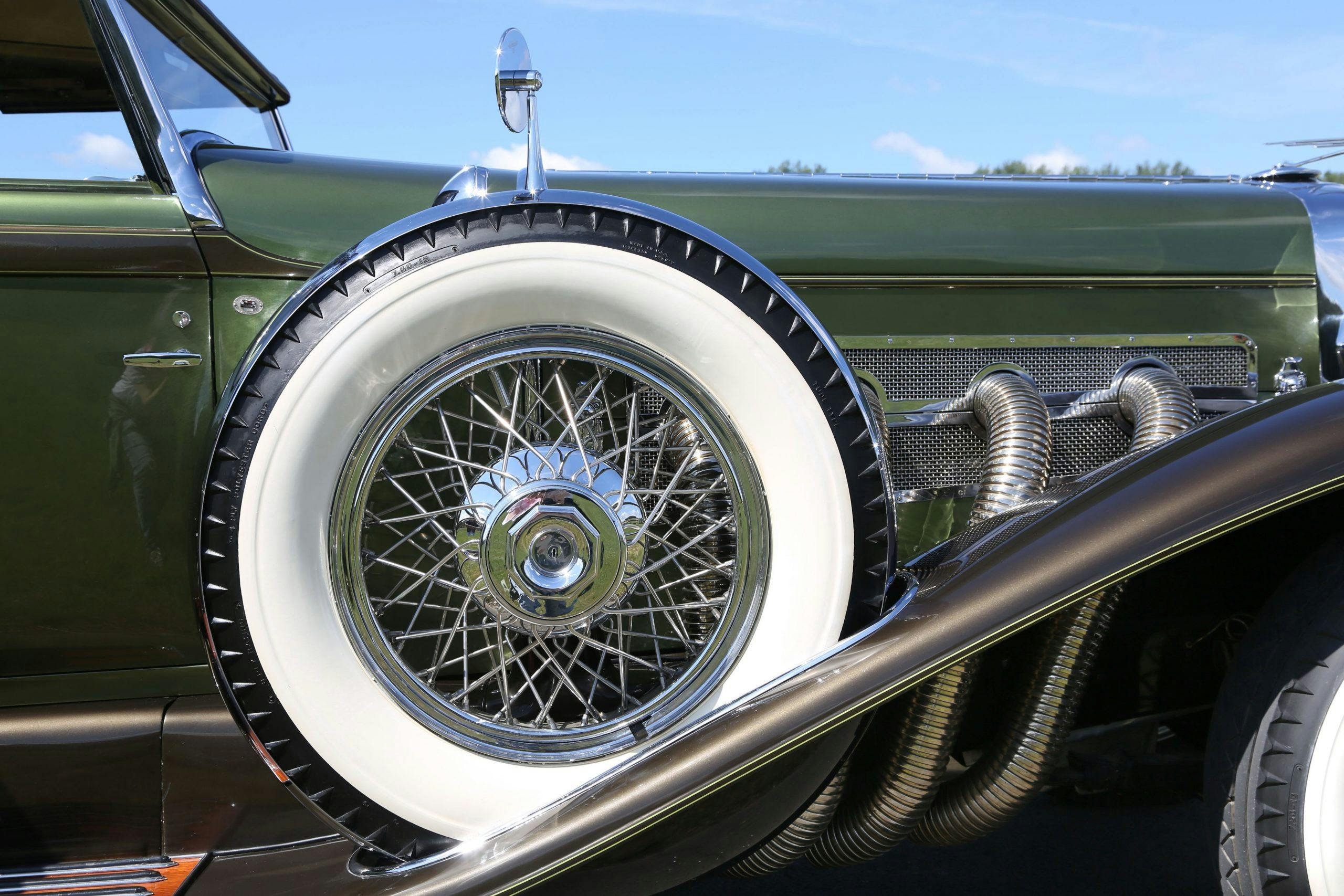

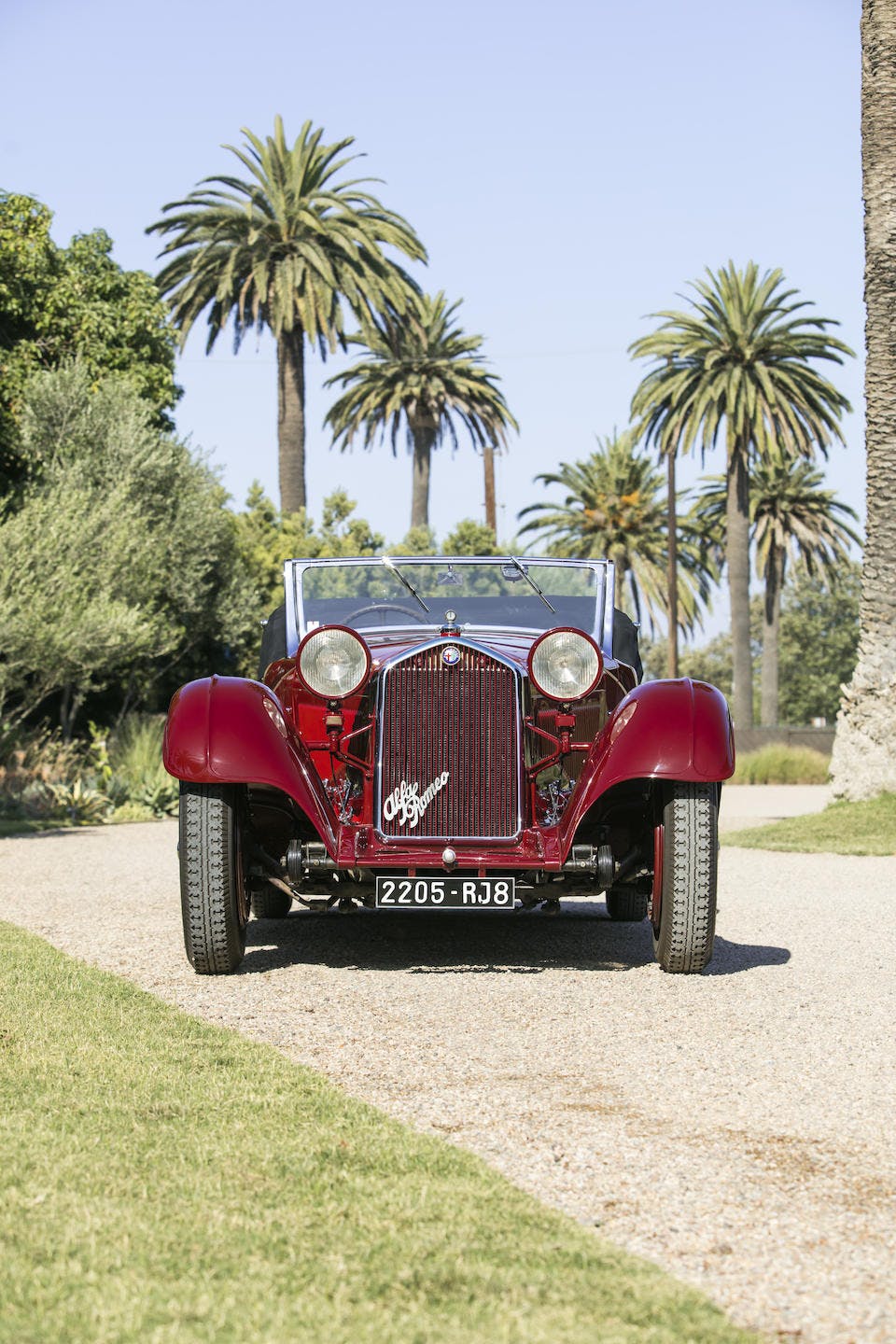
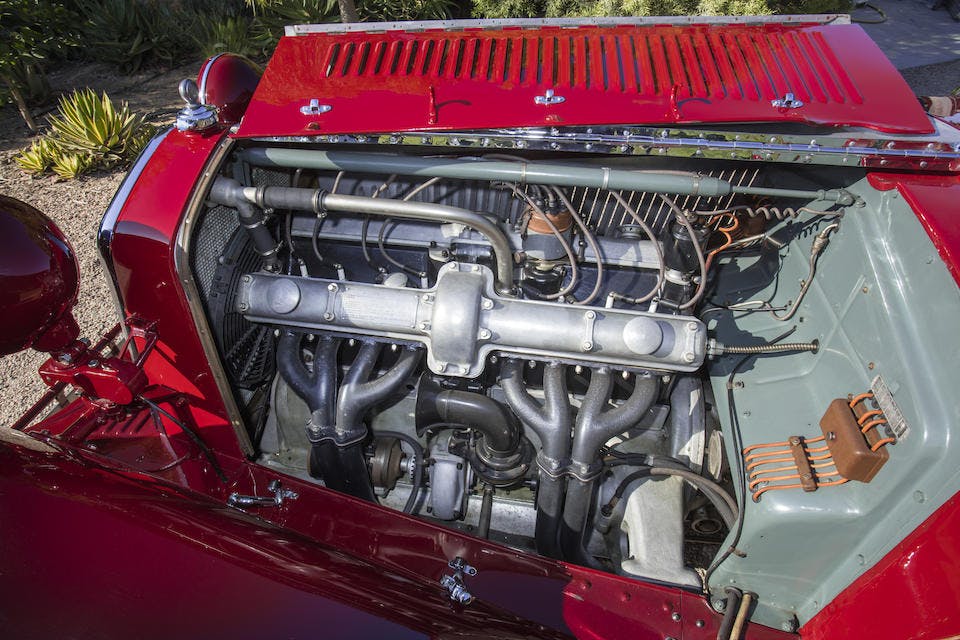
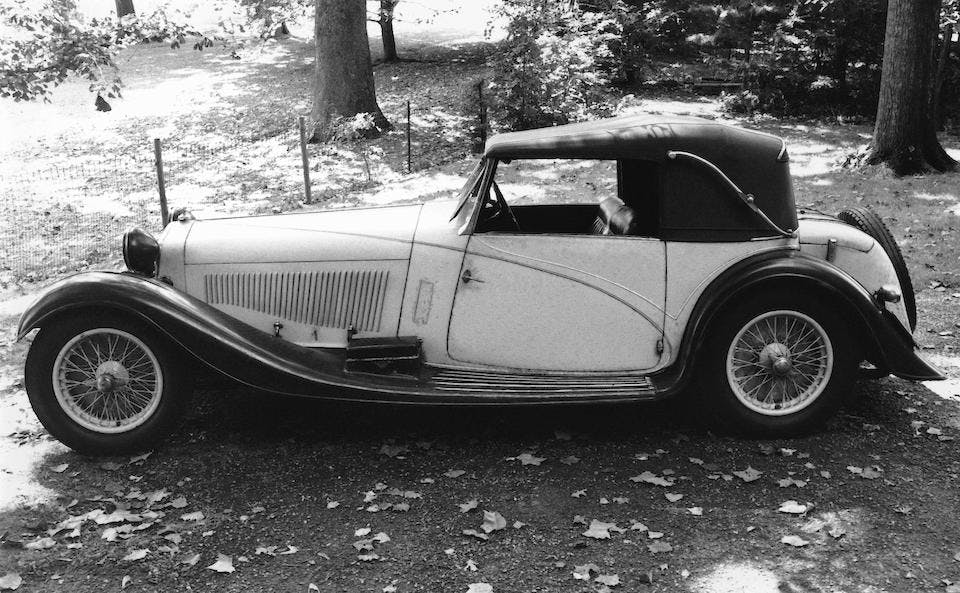
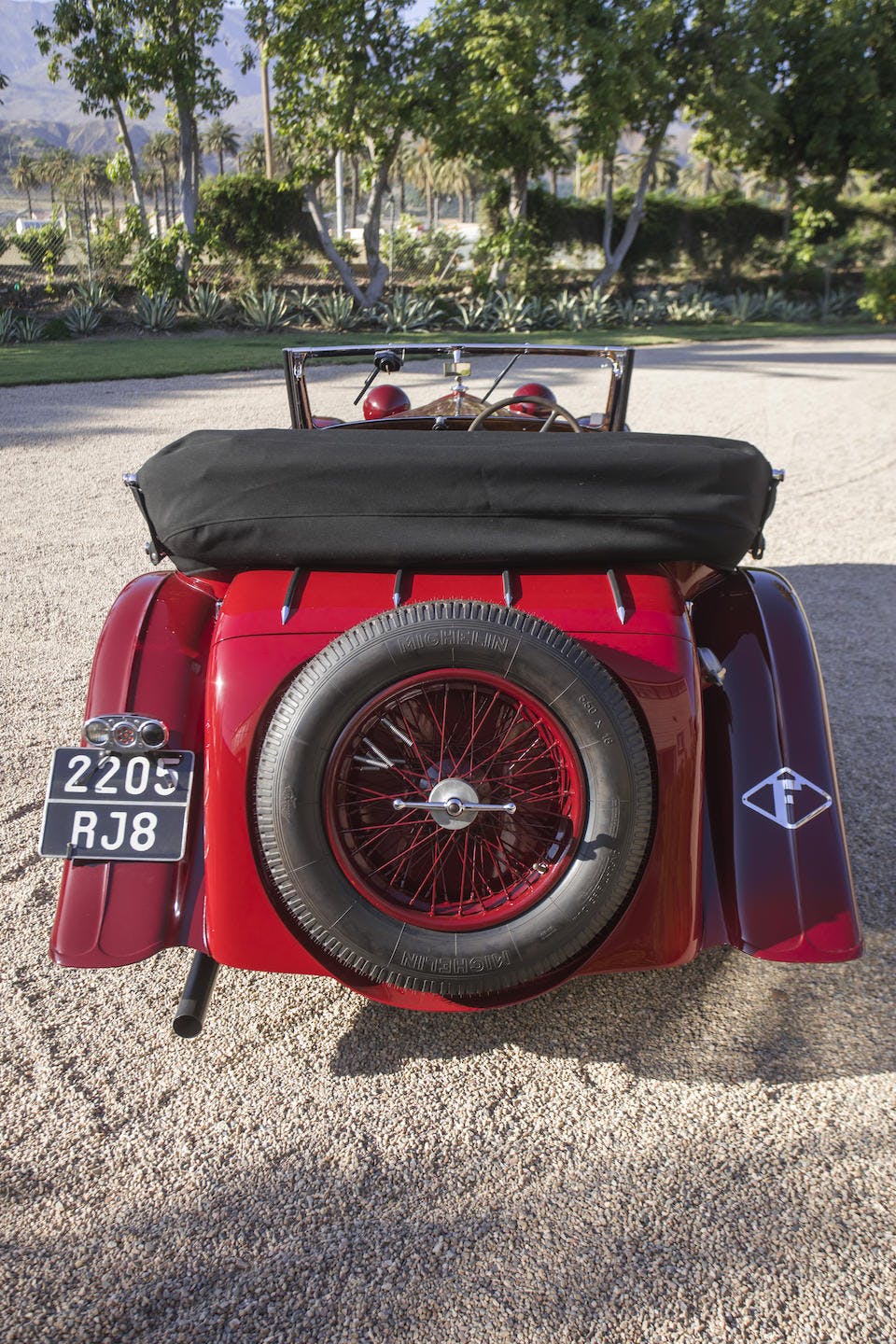


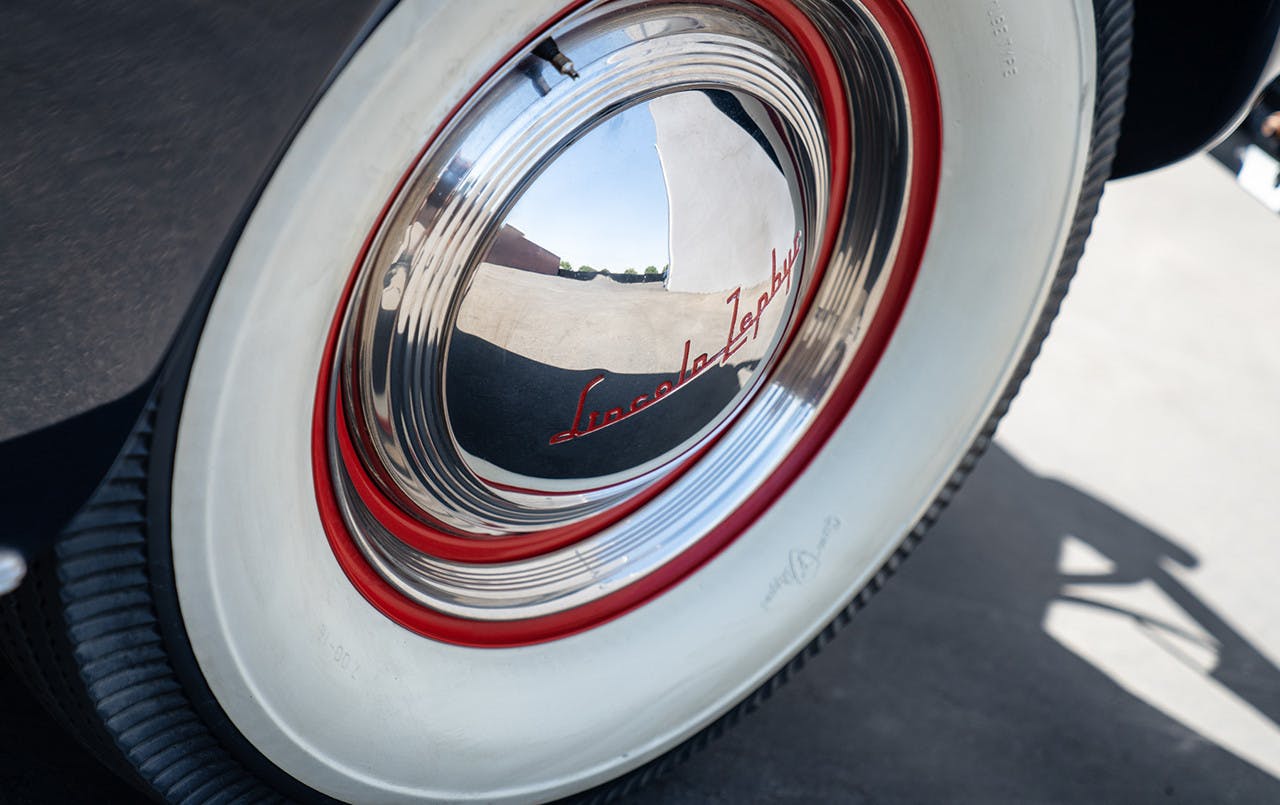
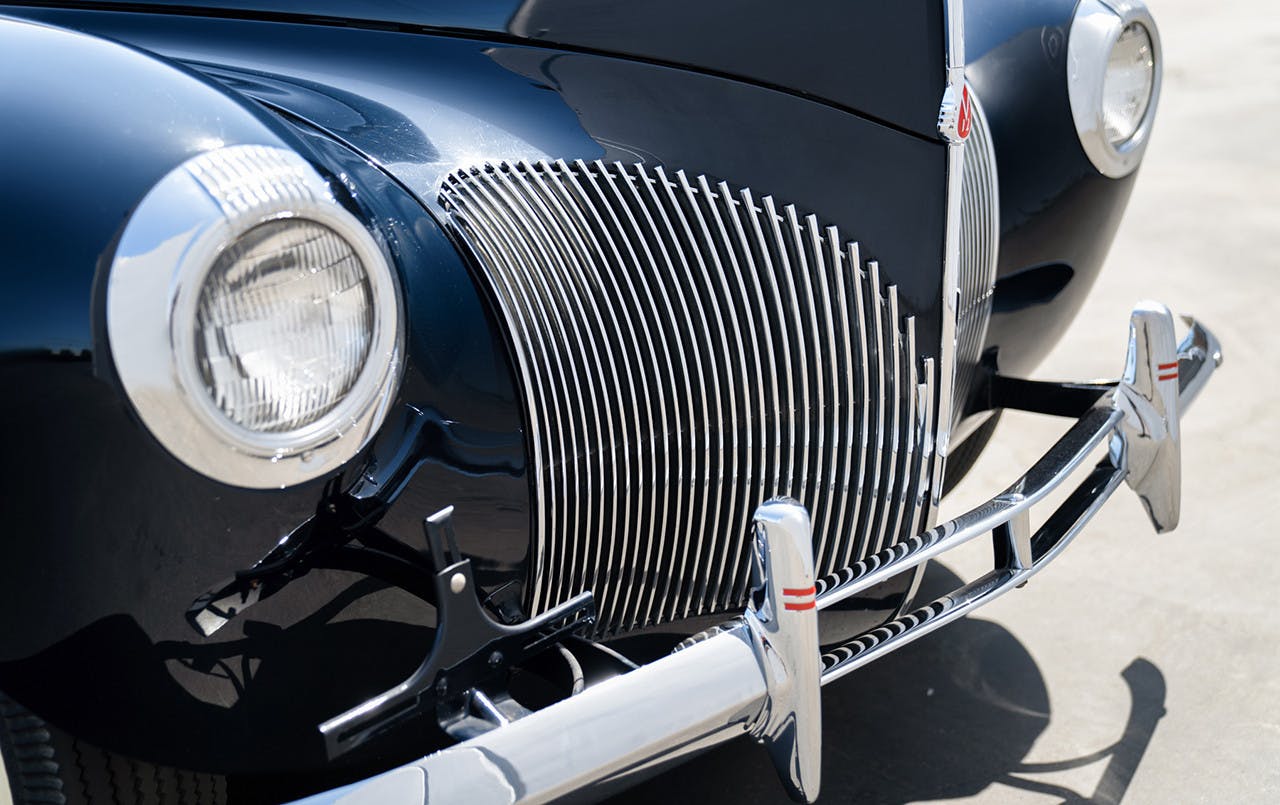
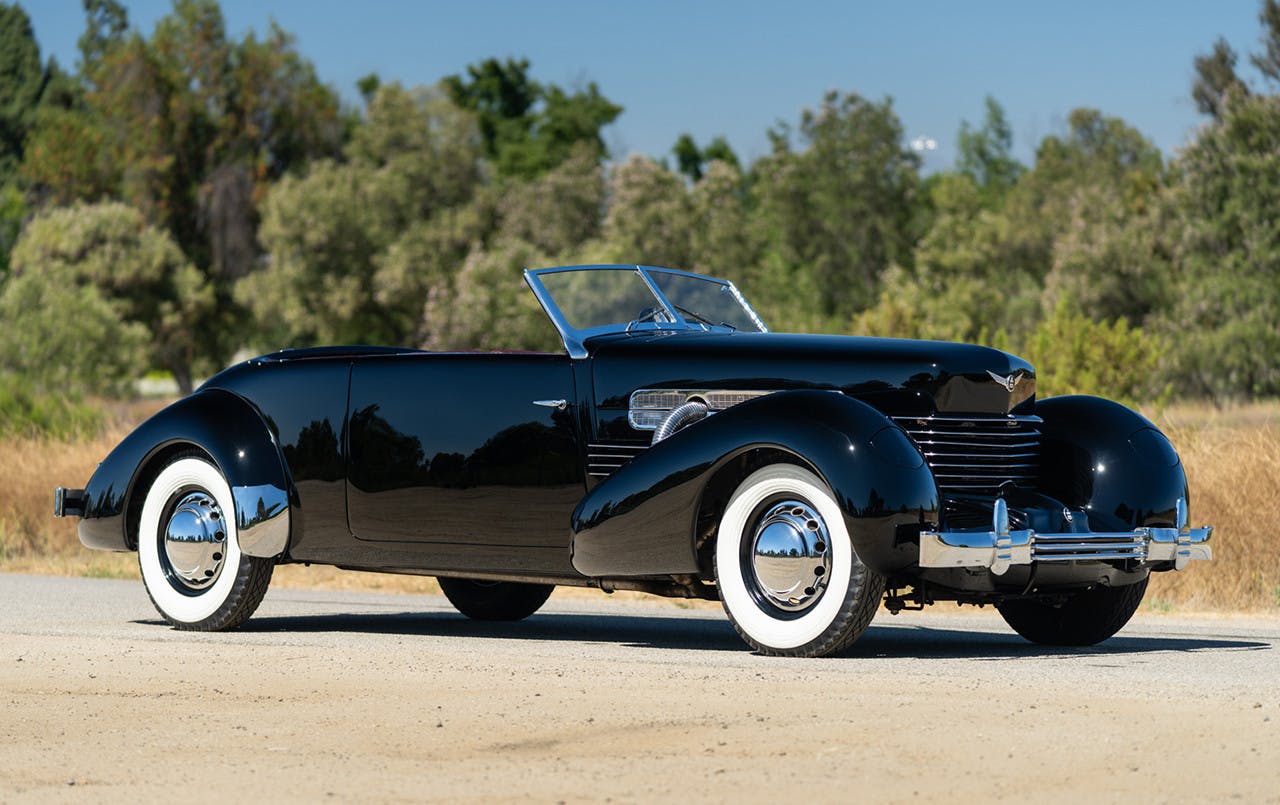
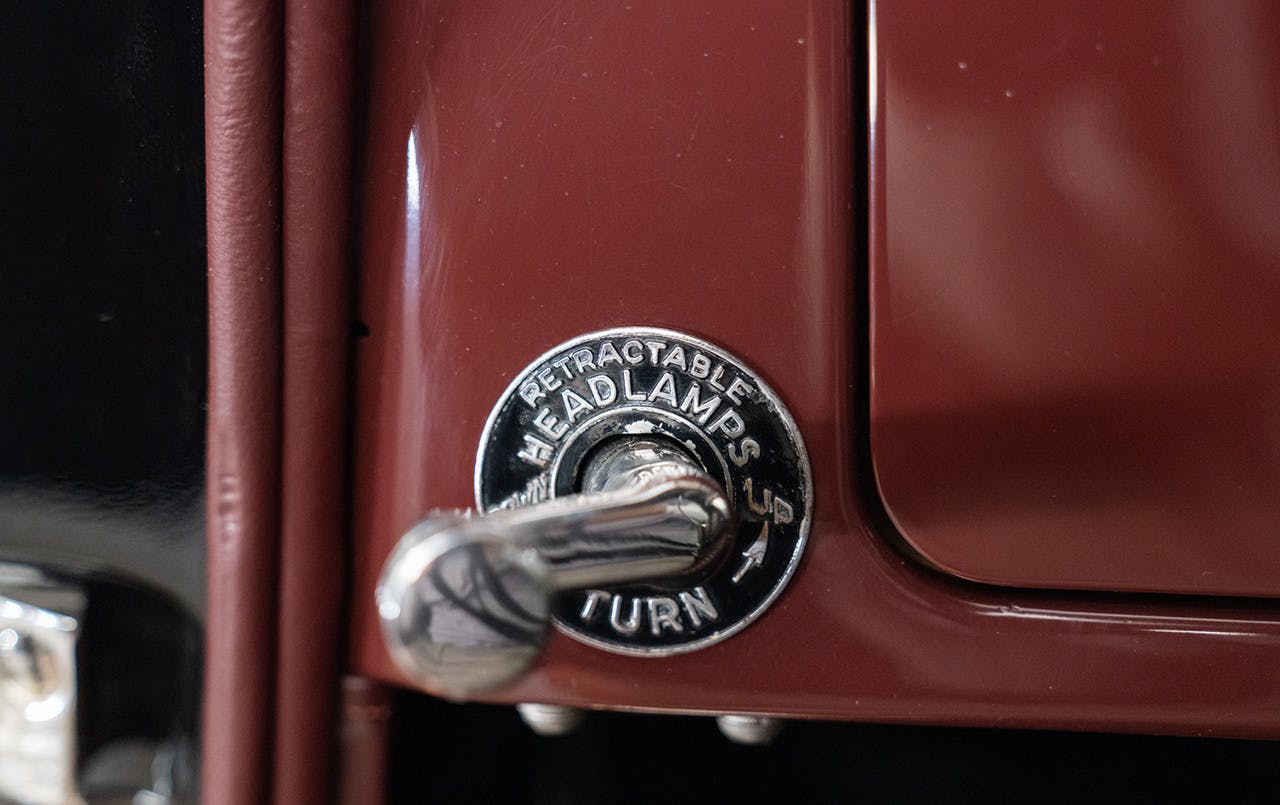


I spent much time with the Stutz Monte Carlo during my 12.5 years @ Blackhawk Auto Museum. It was popular @ Bay Area car shows including the San Francisco International Auto Show @ Moscone Center / San Francisco. SF Motor Officers always gave me escorts from Reliable Transport big rigs 3 blocks away into Moscone.